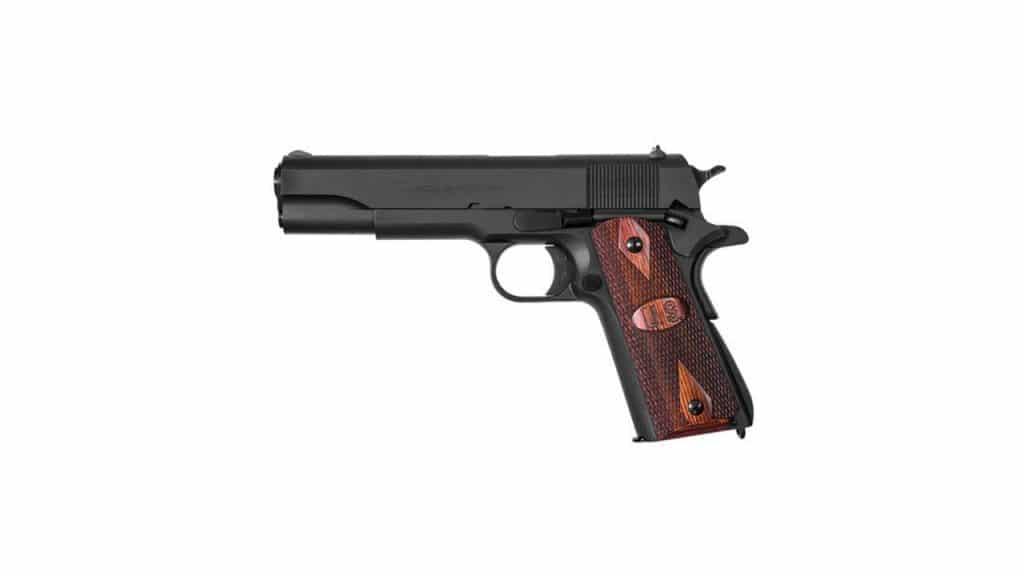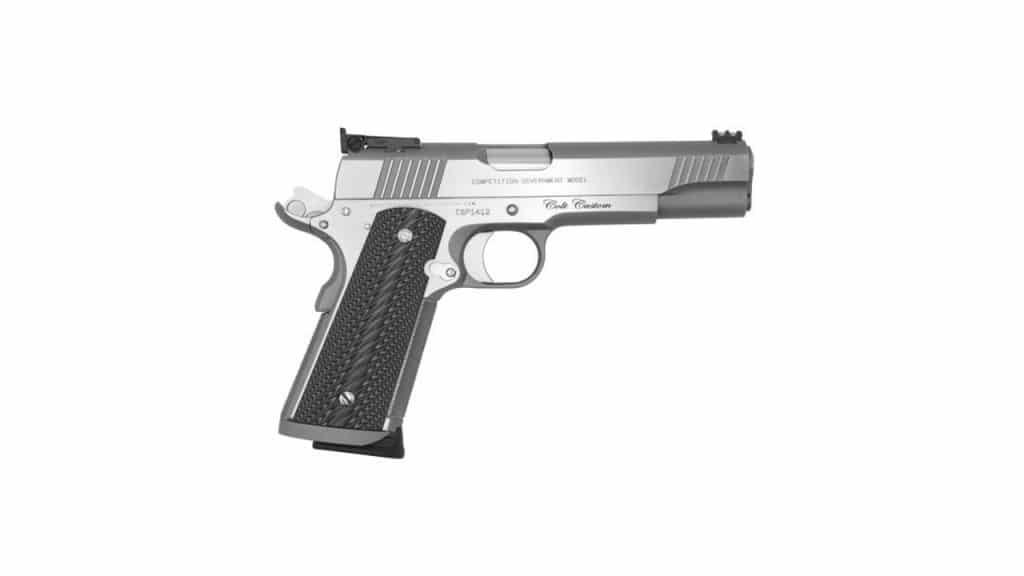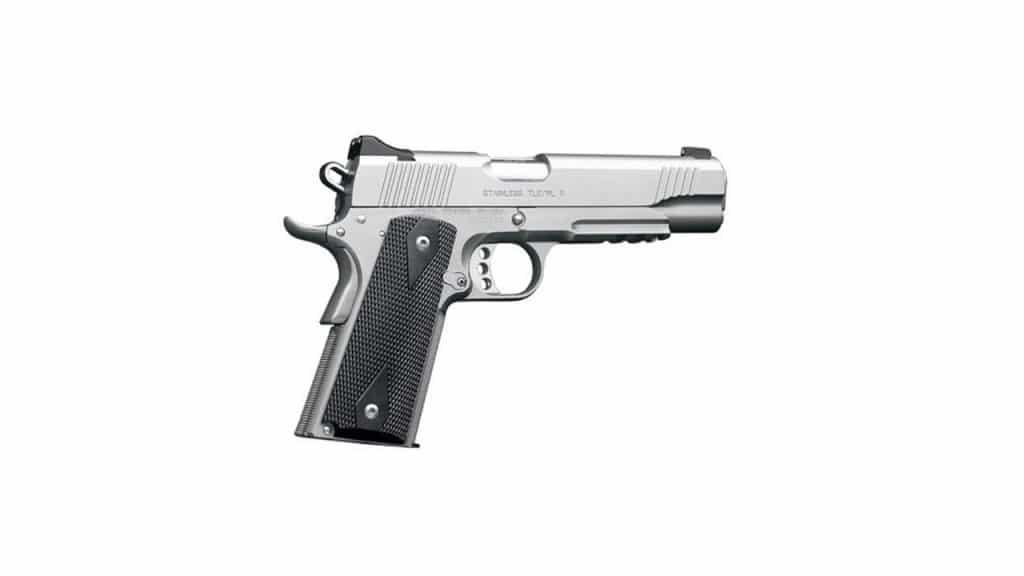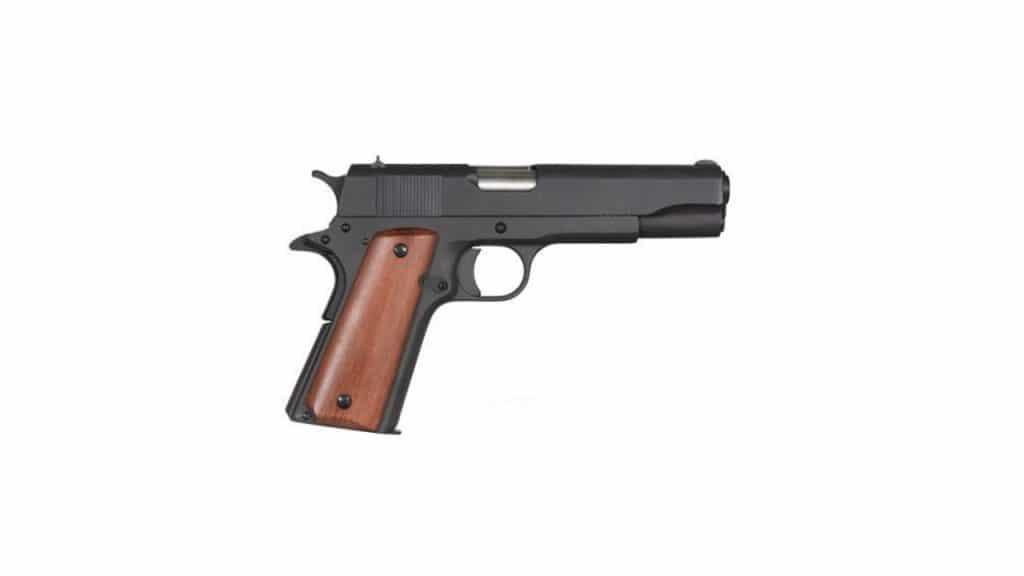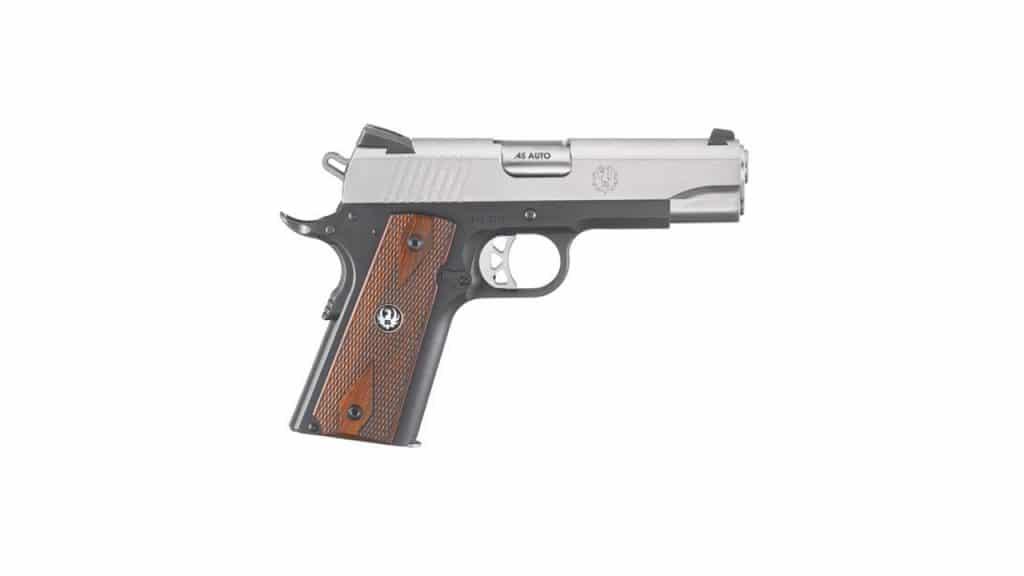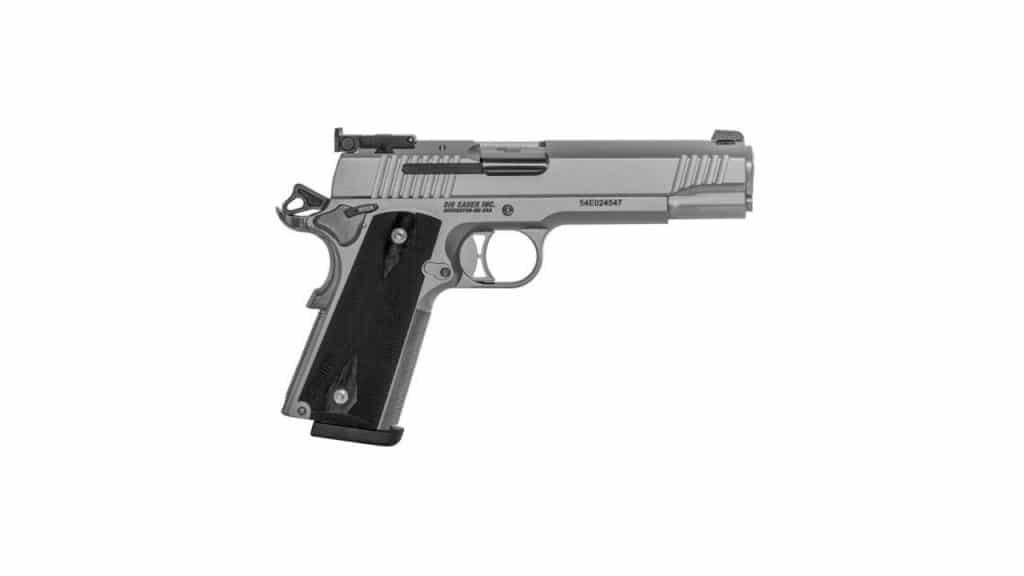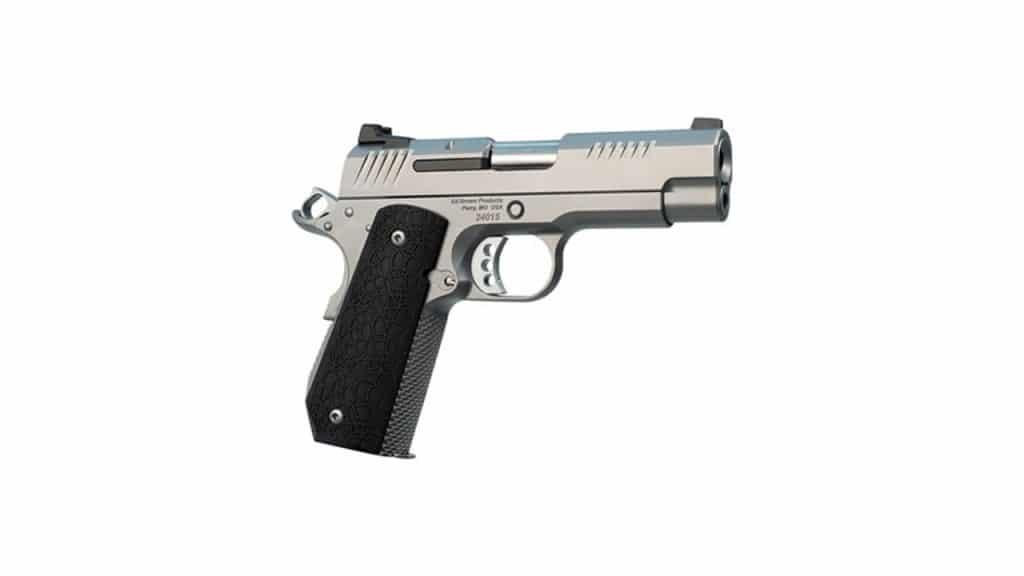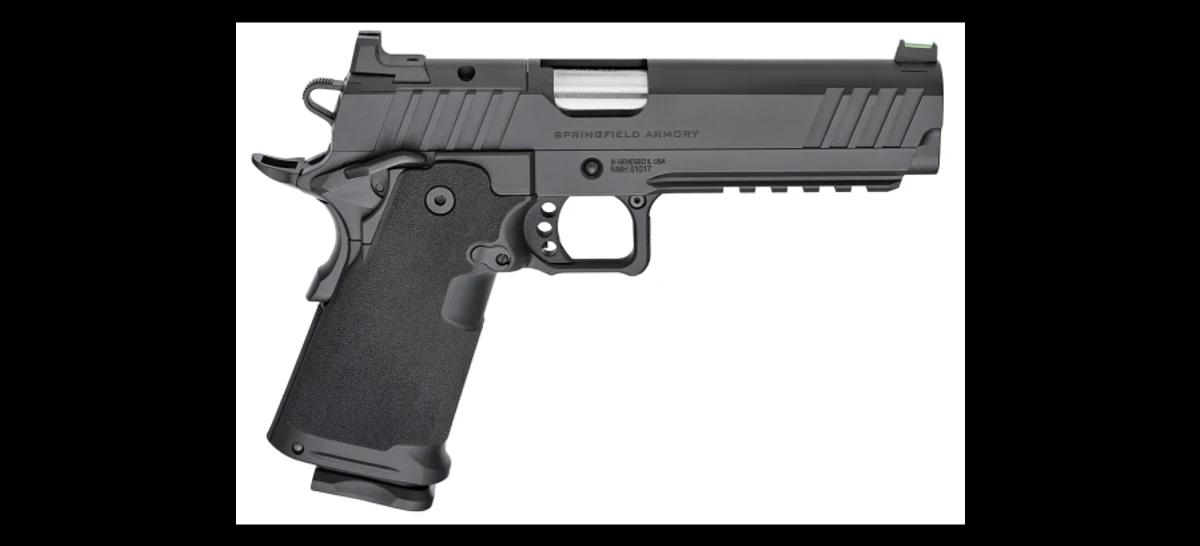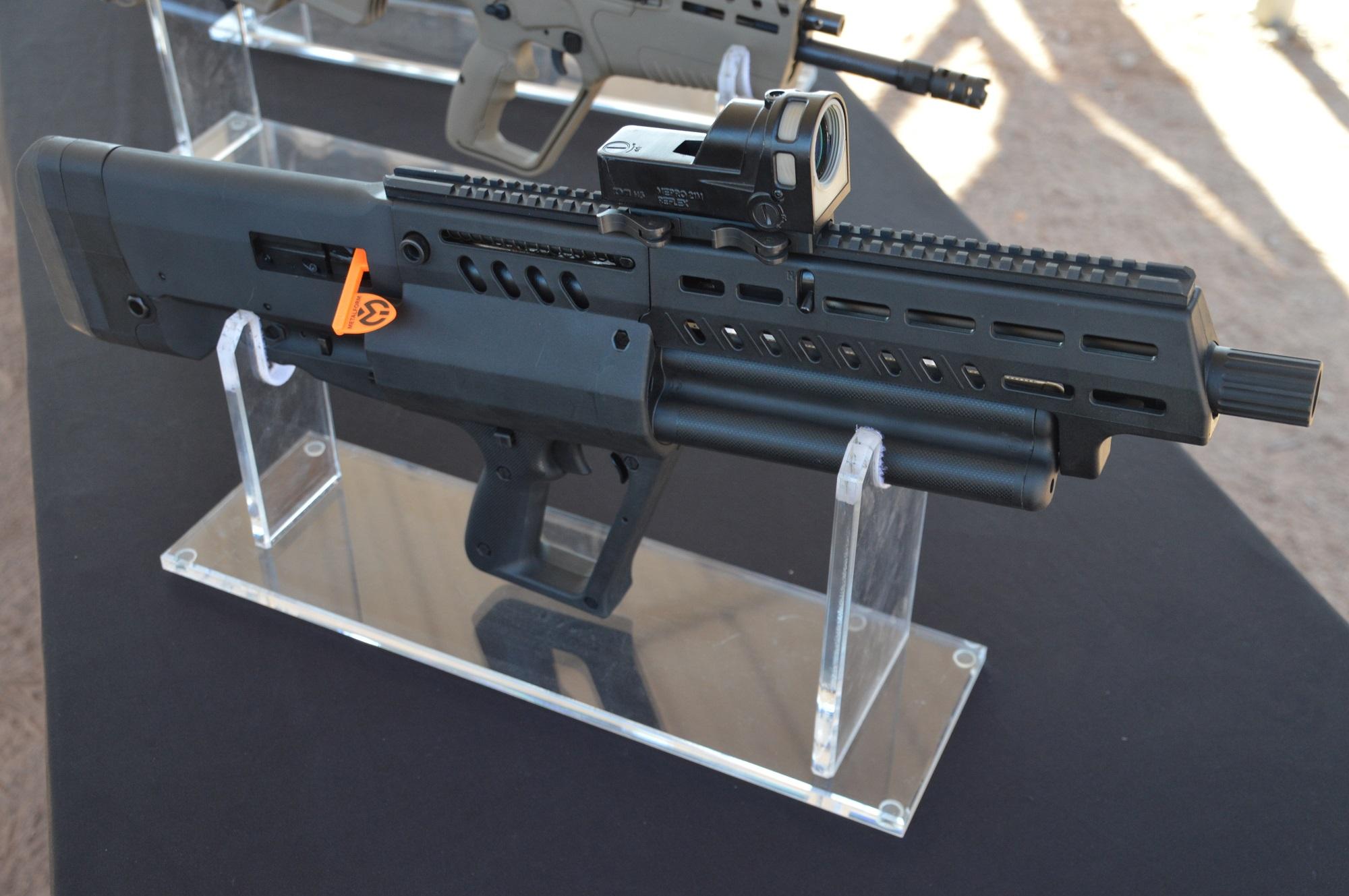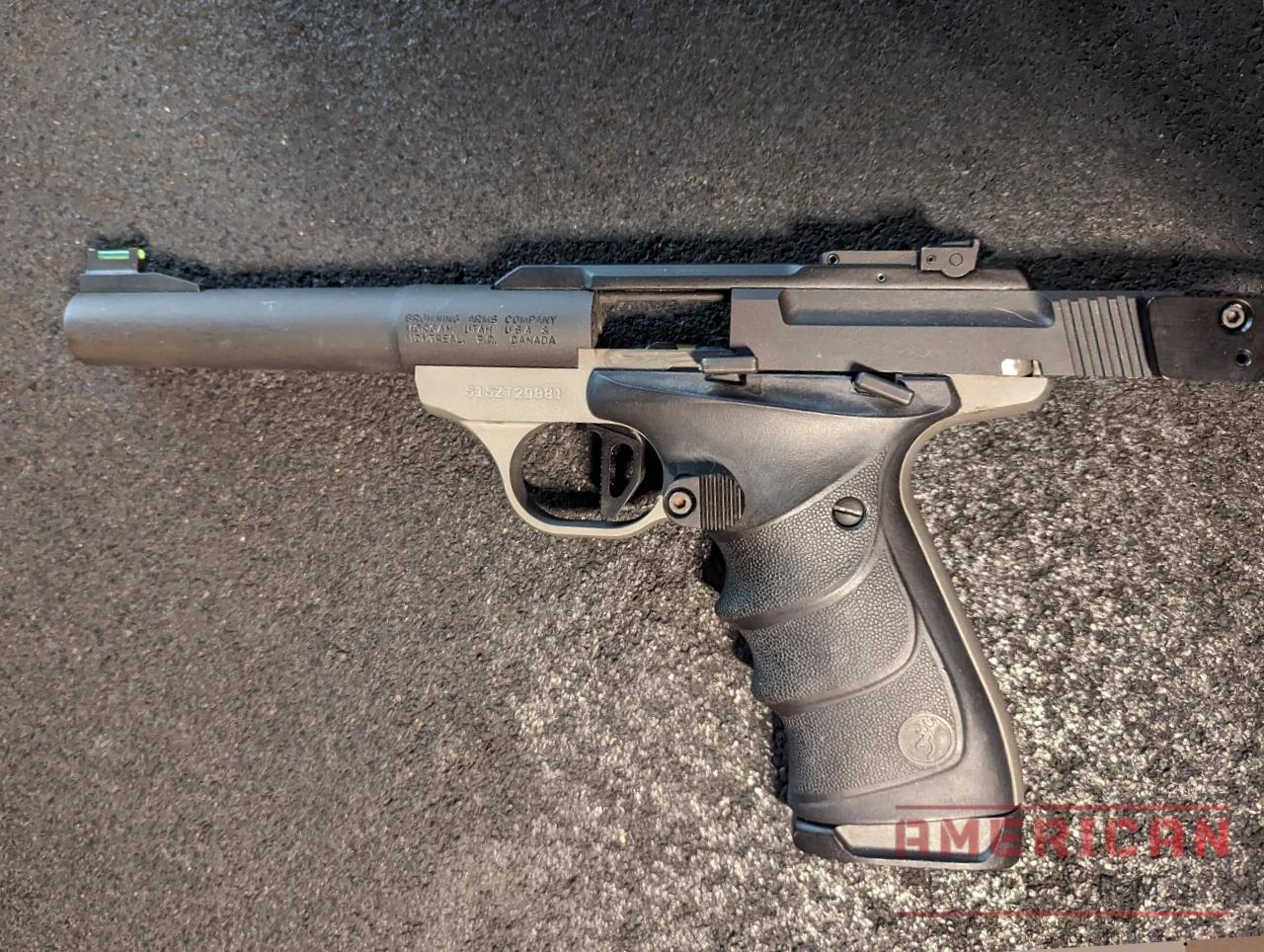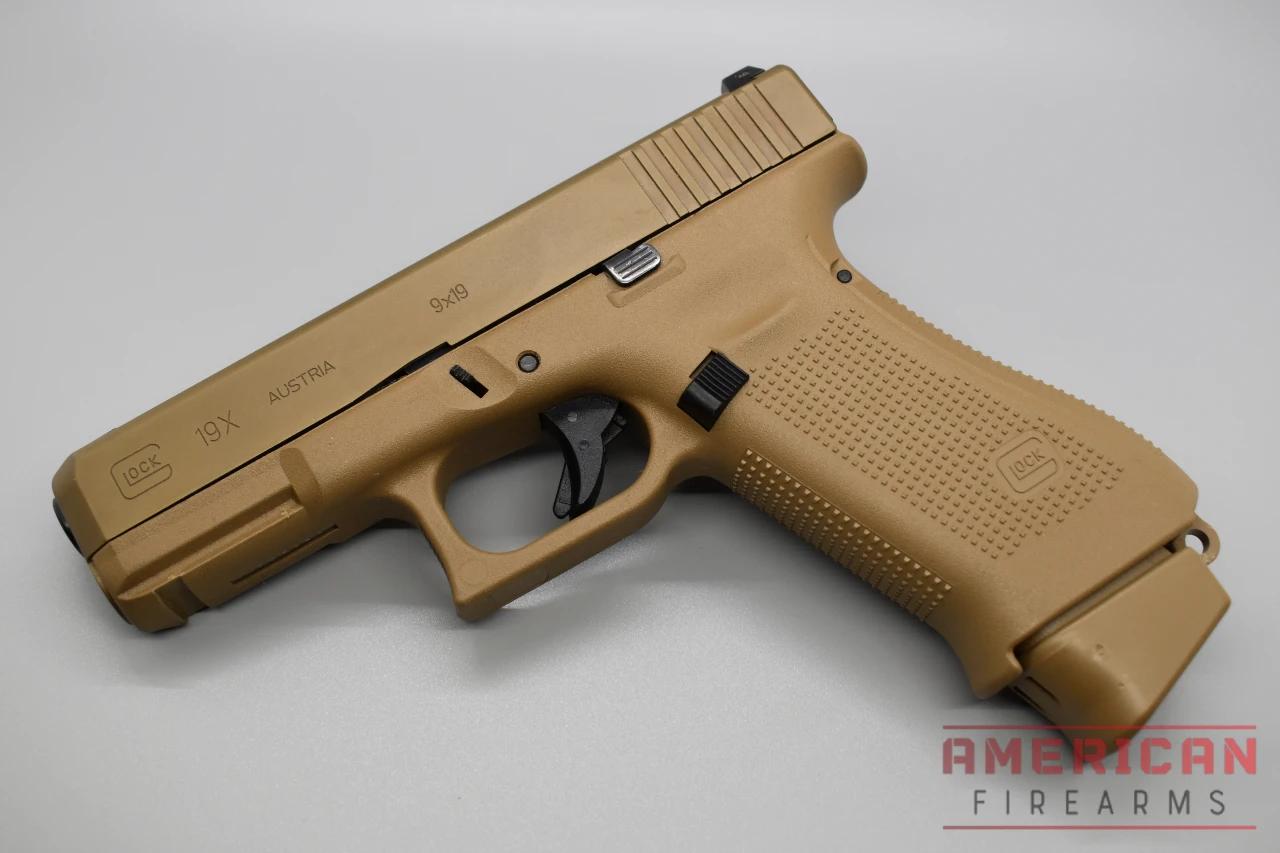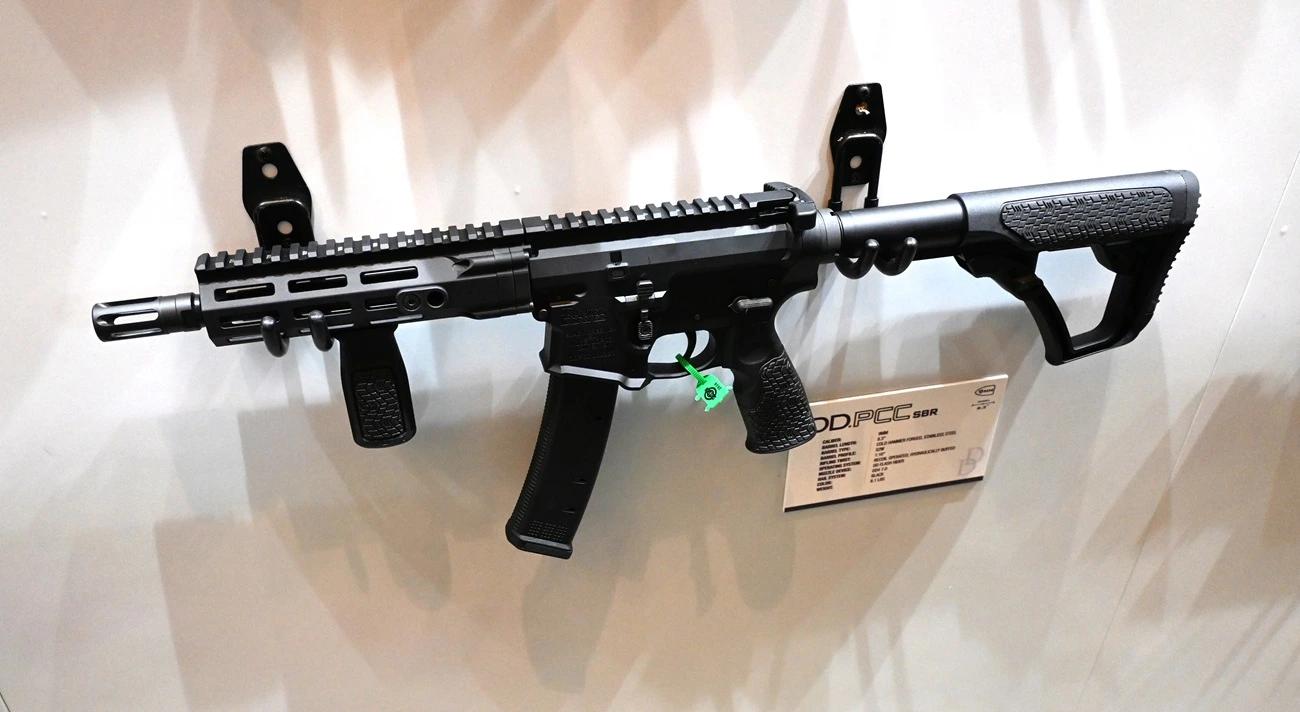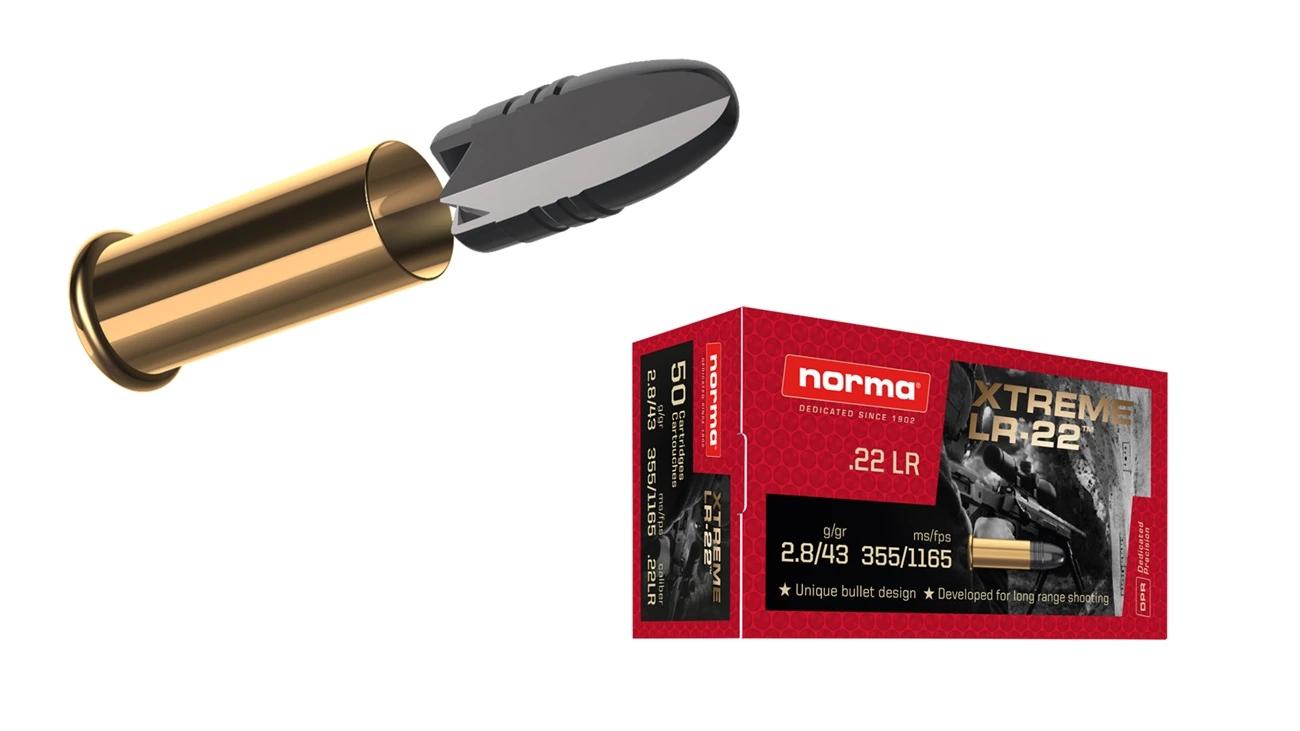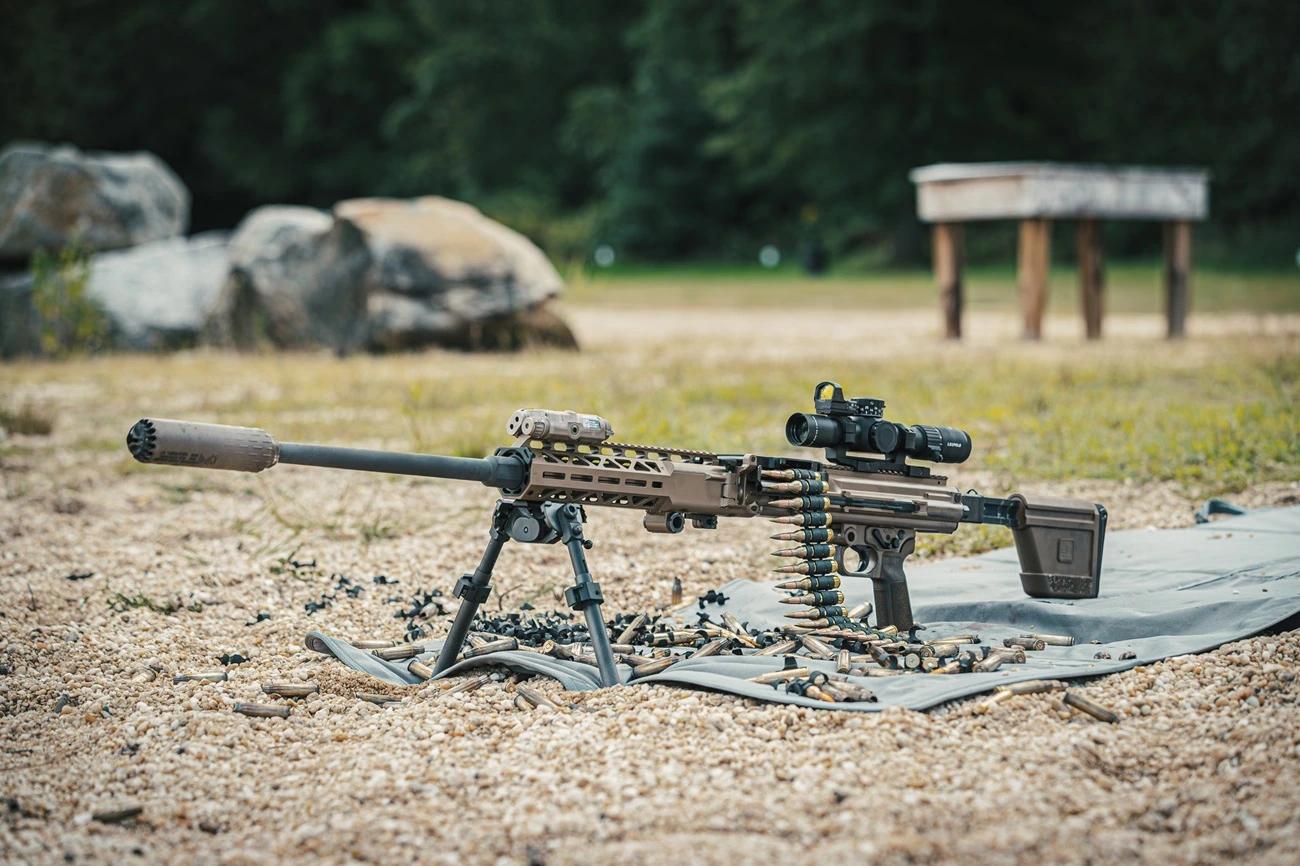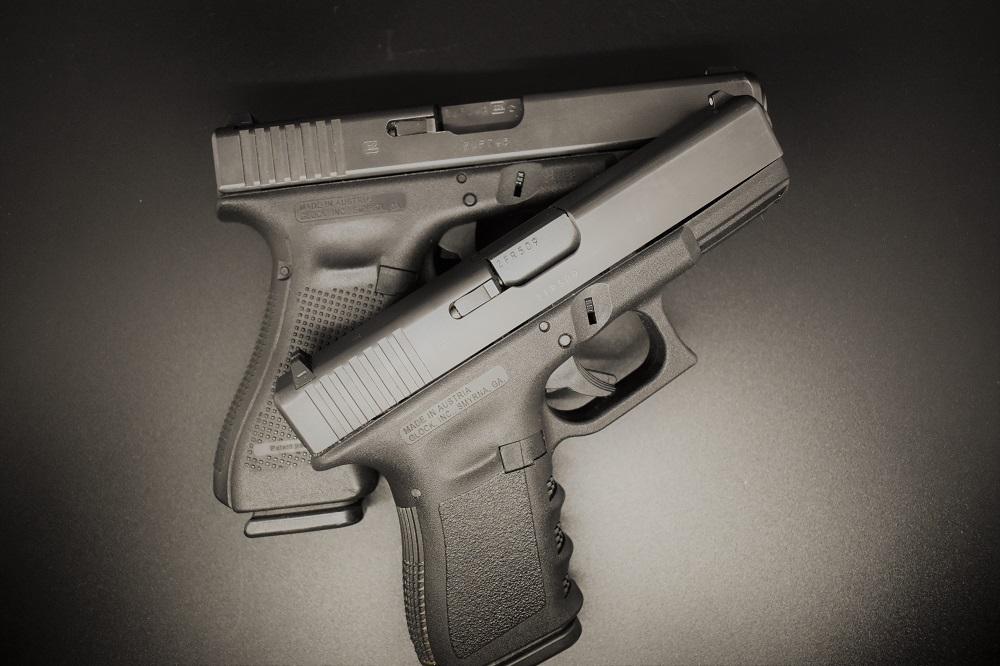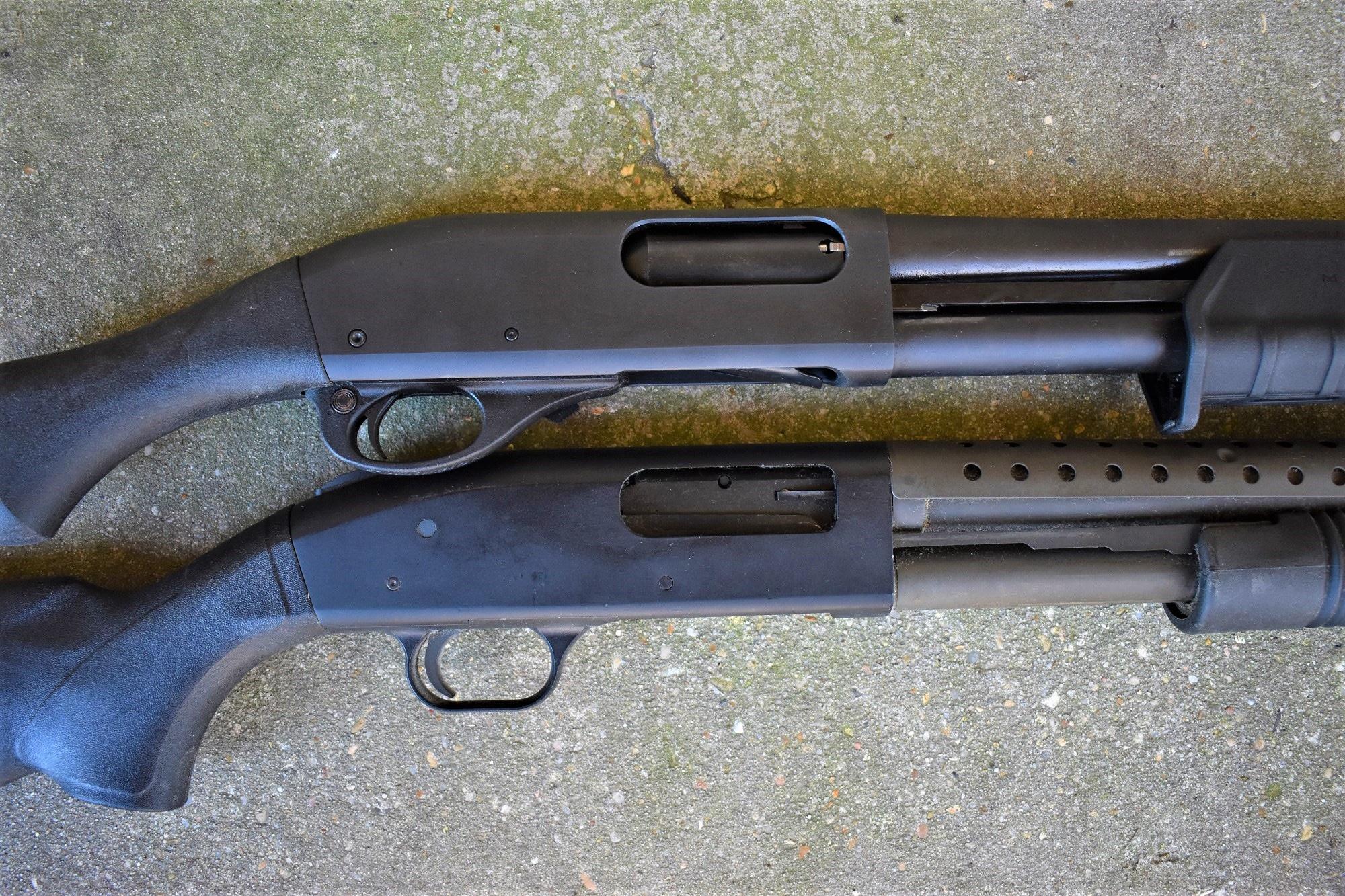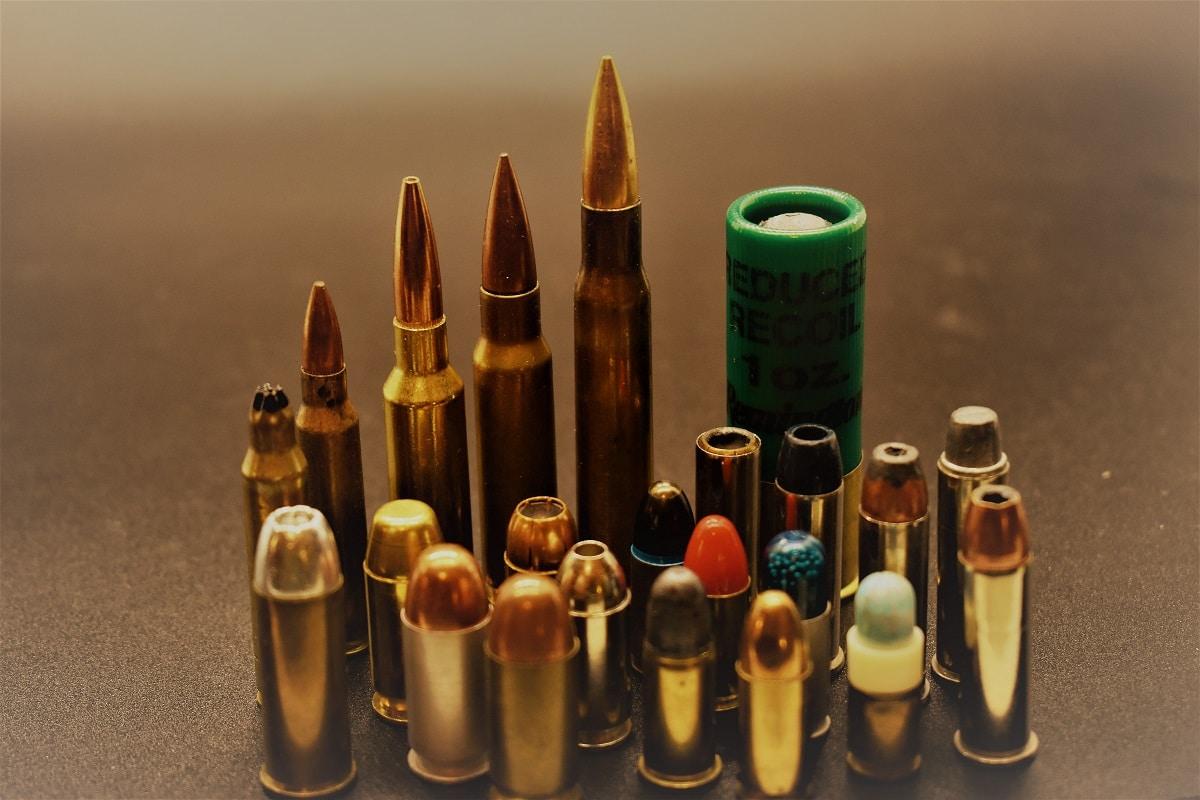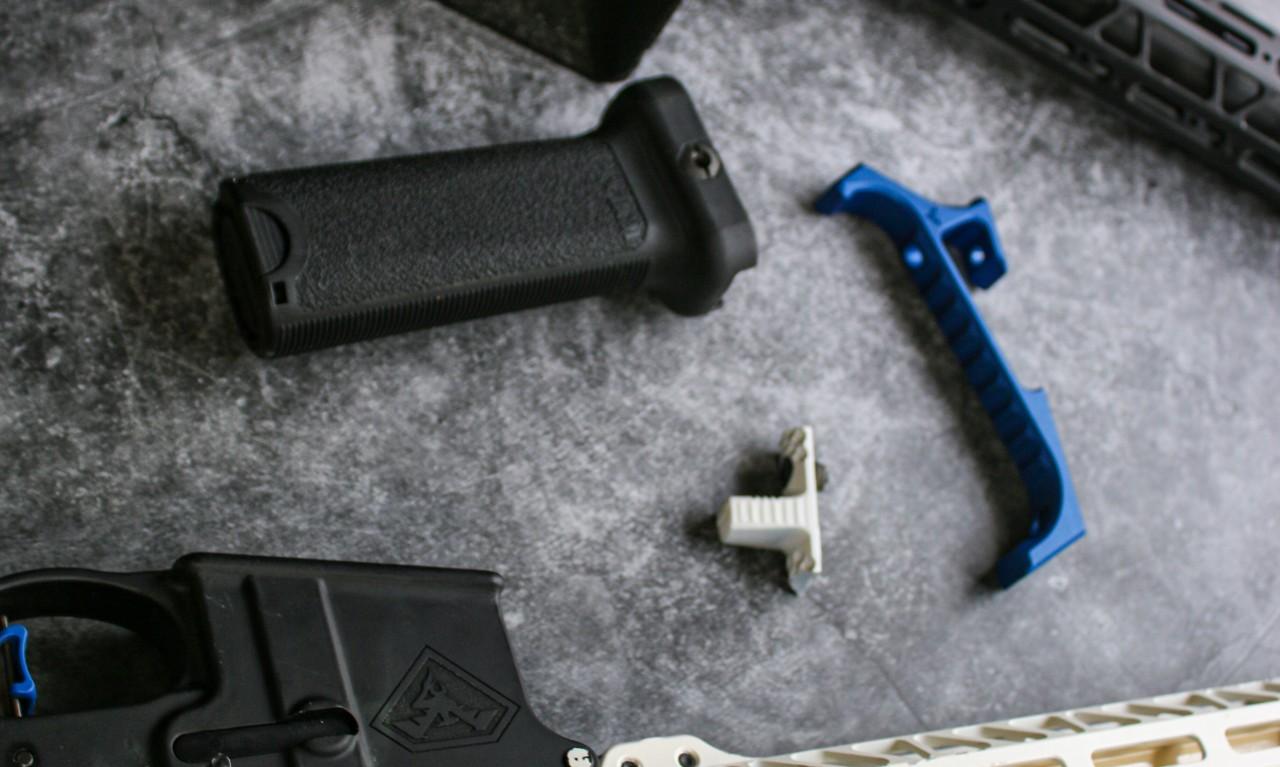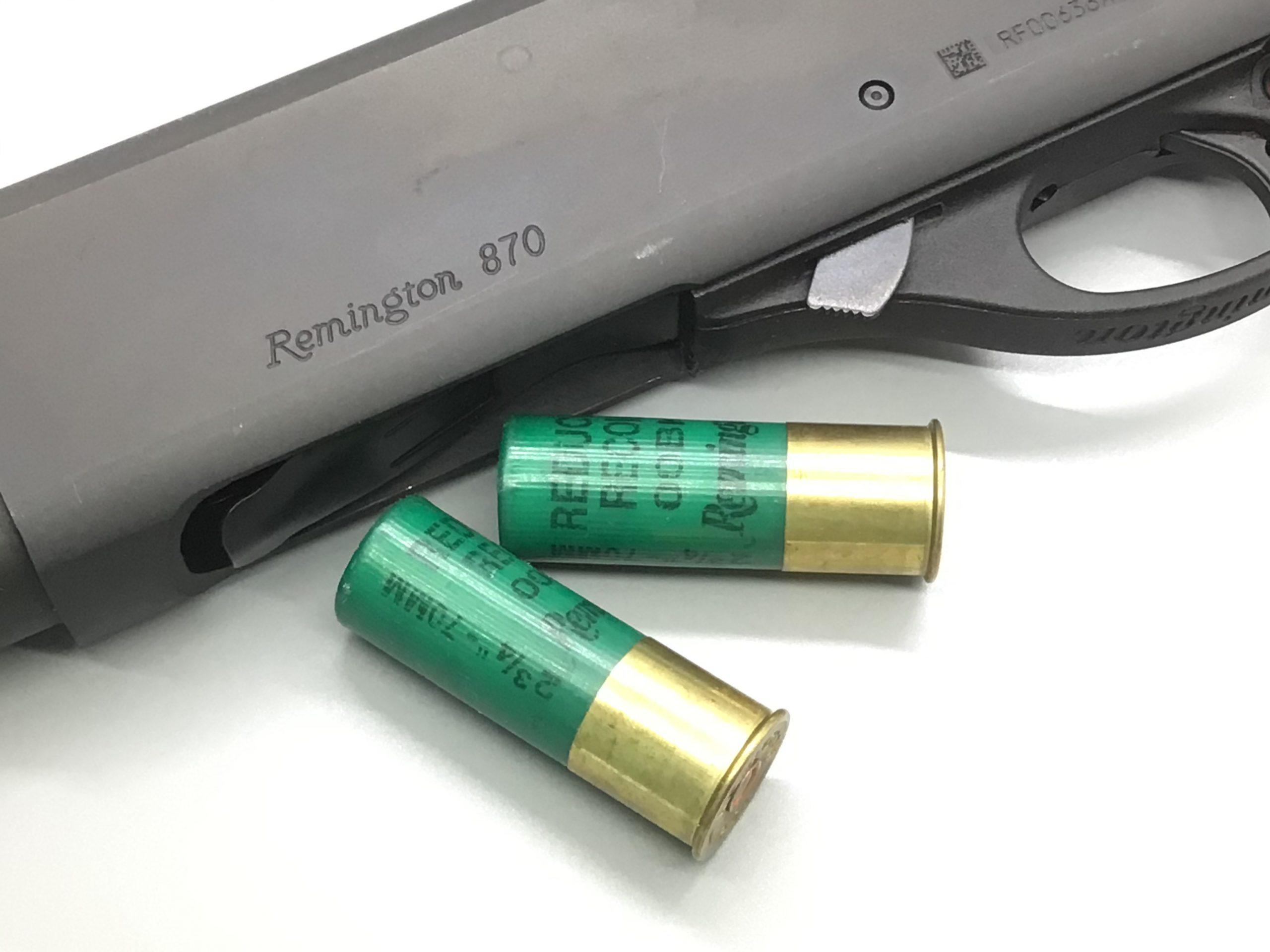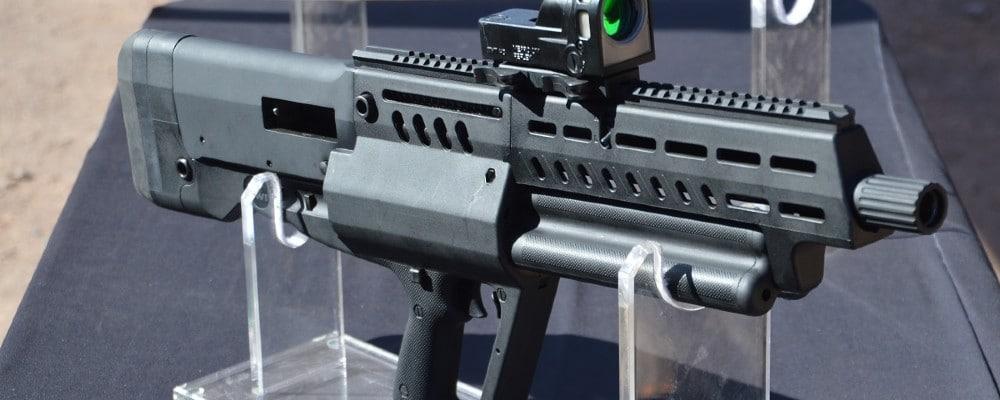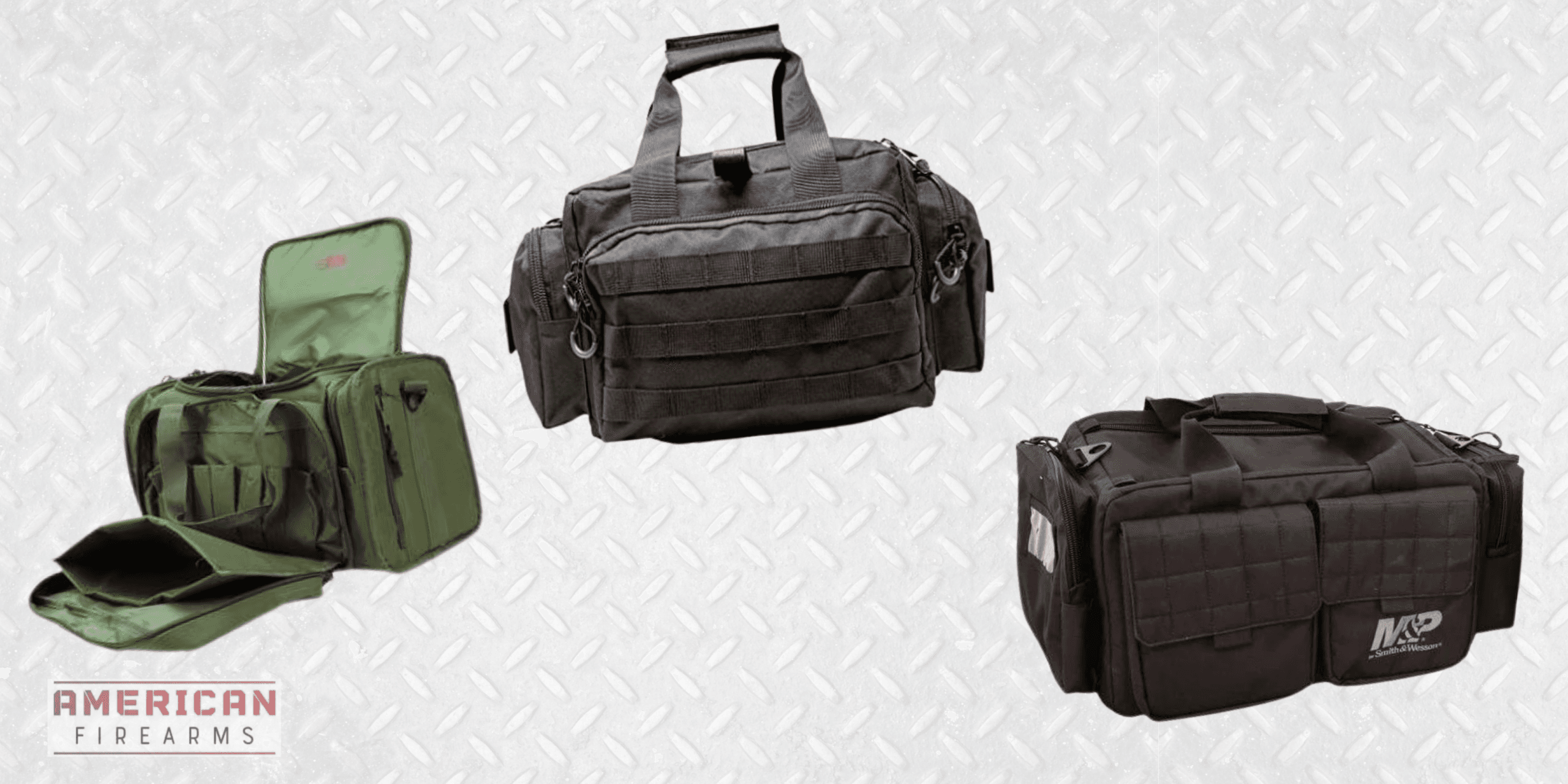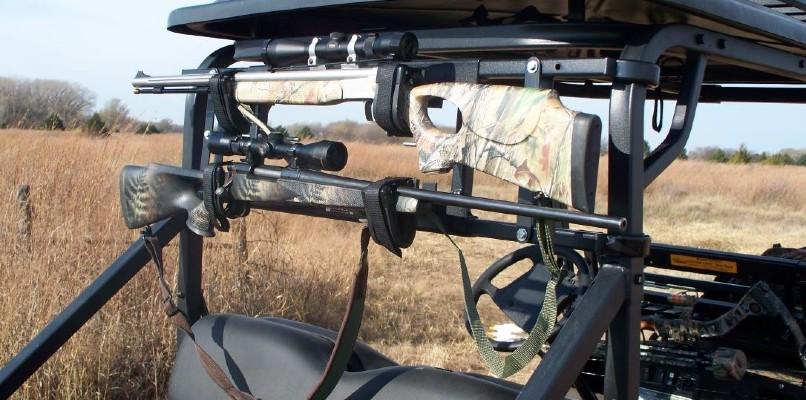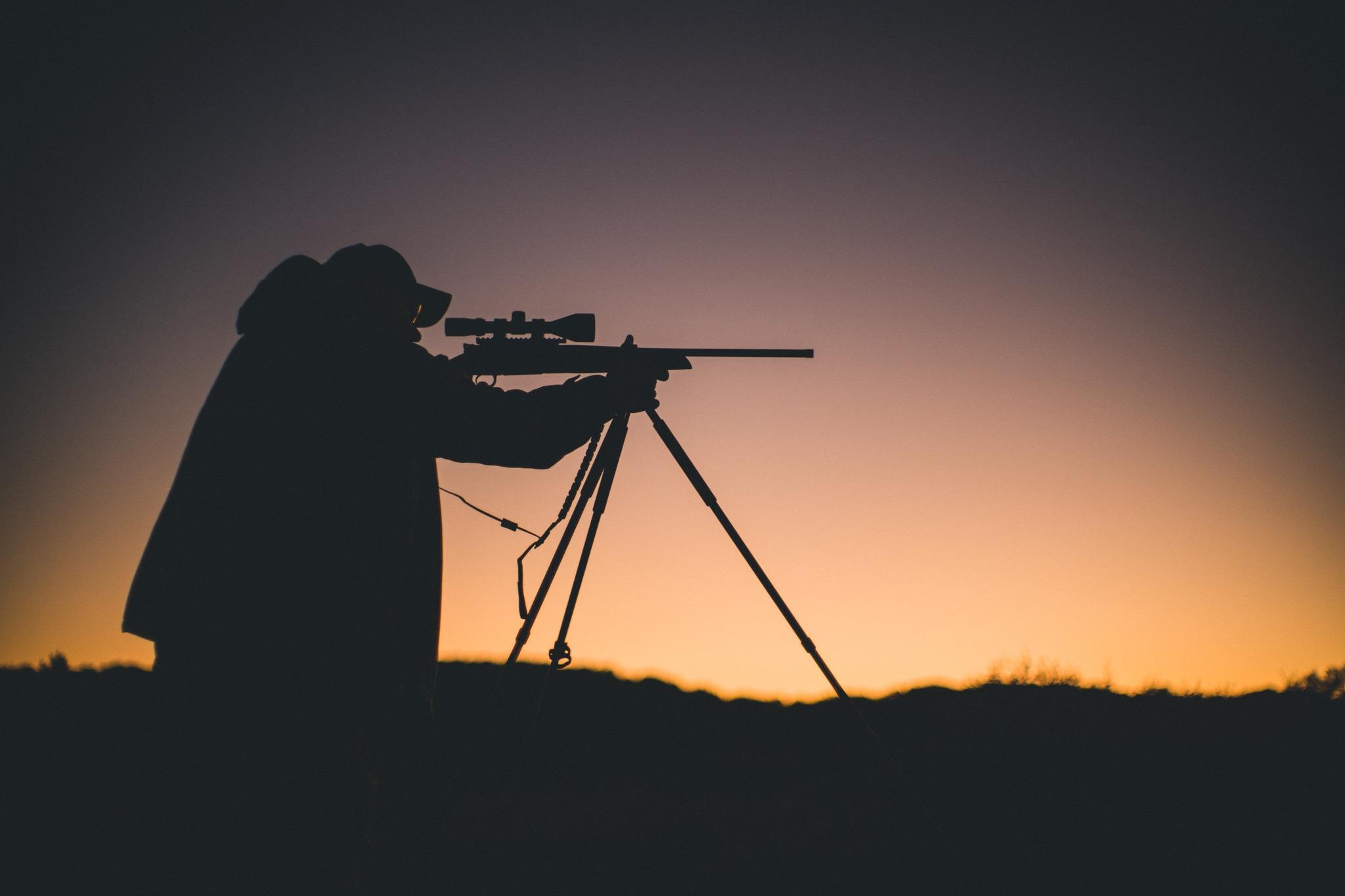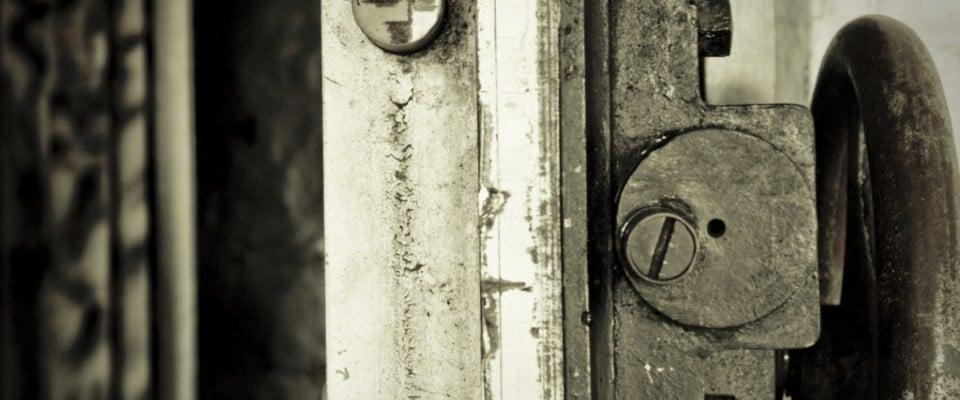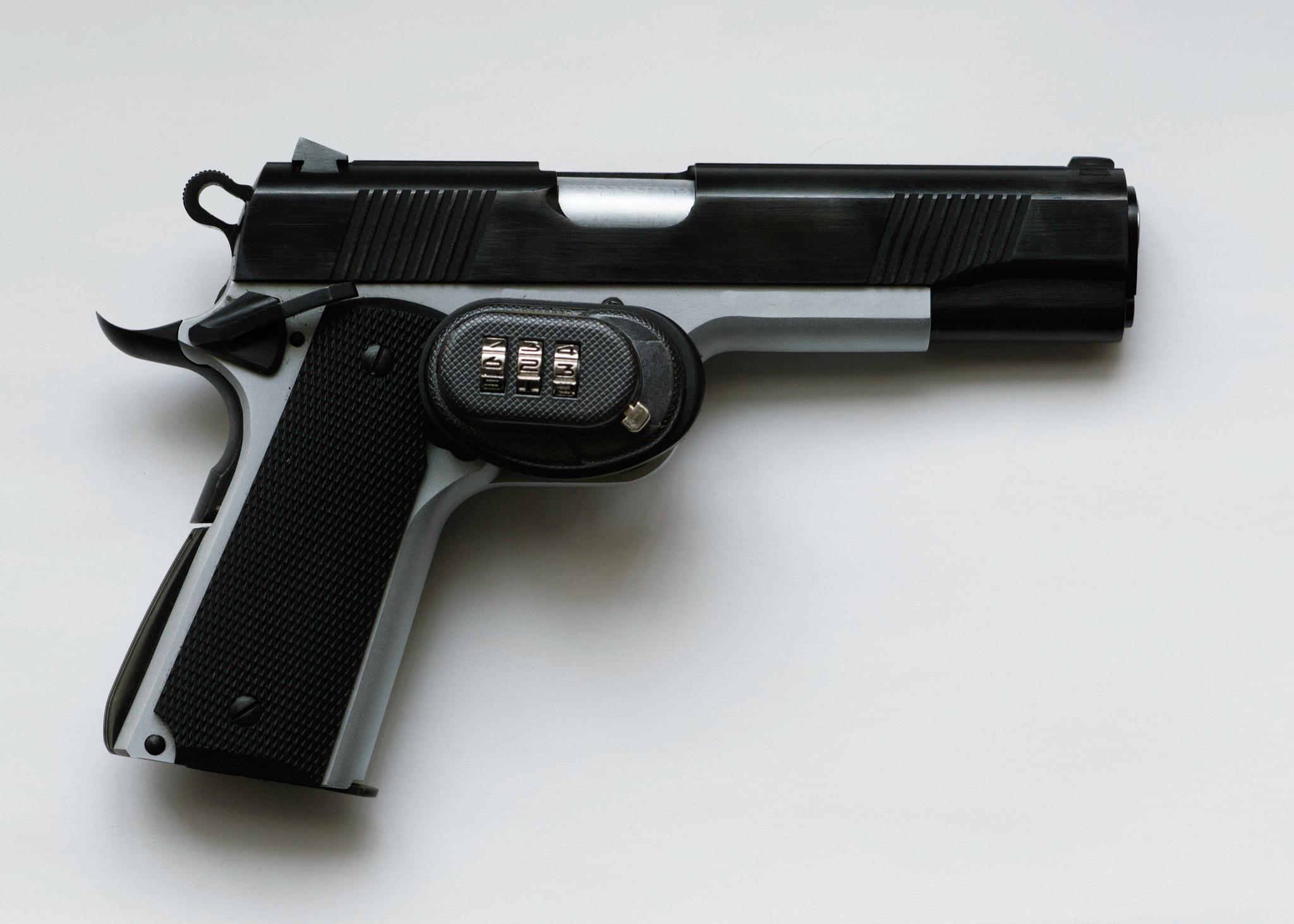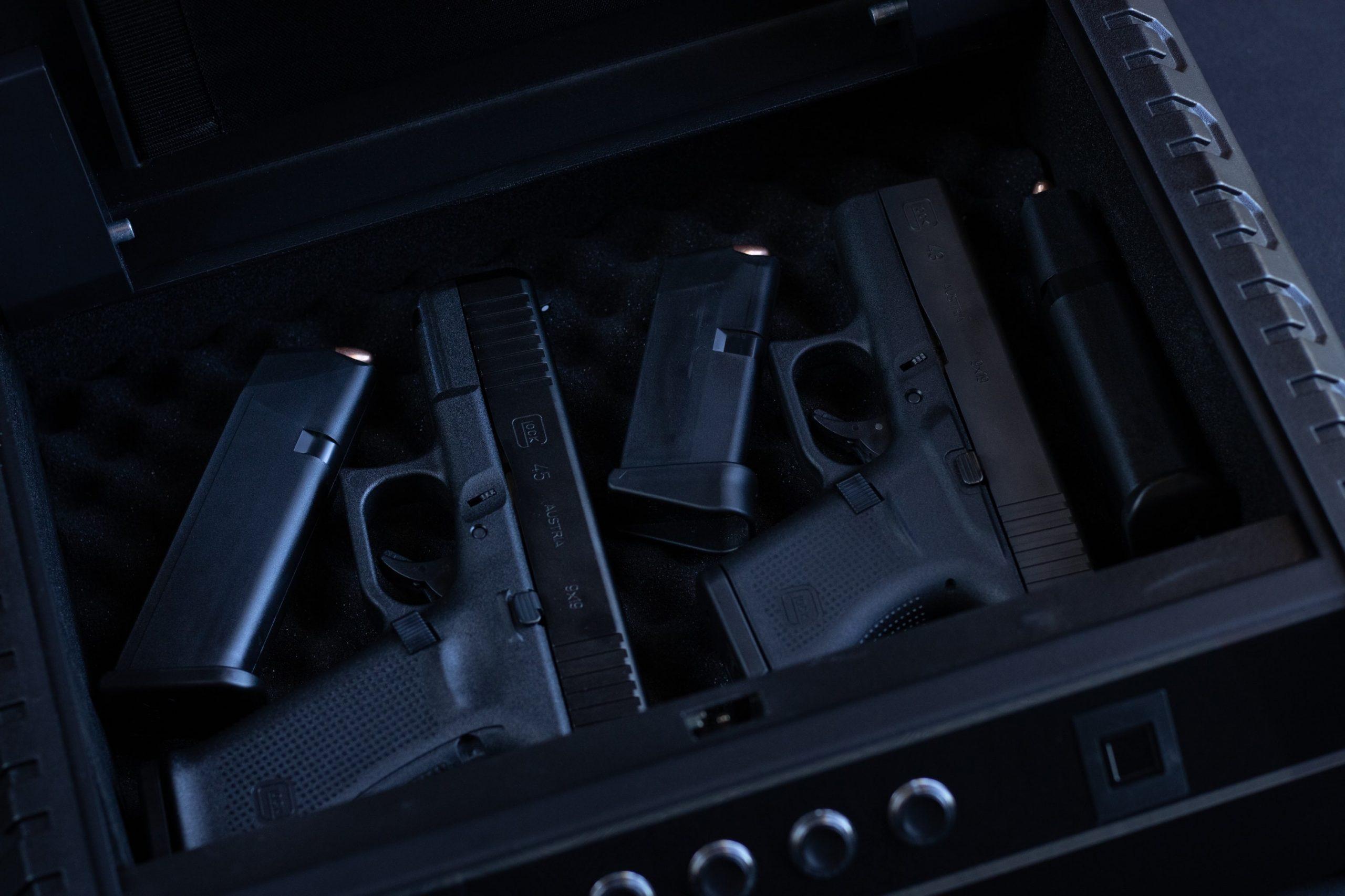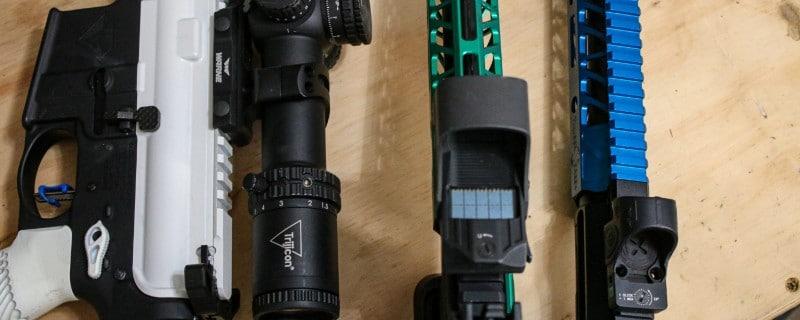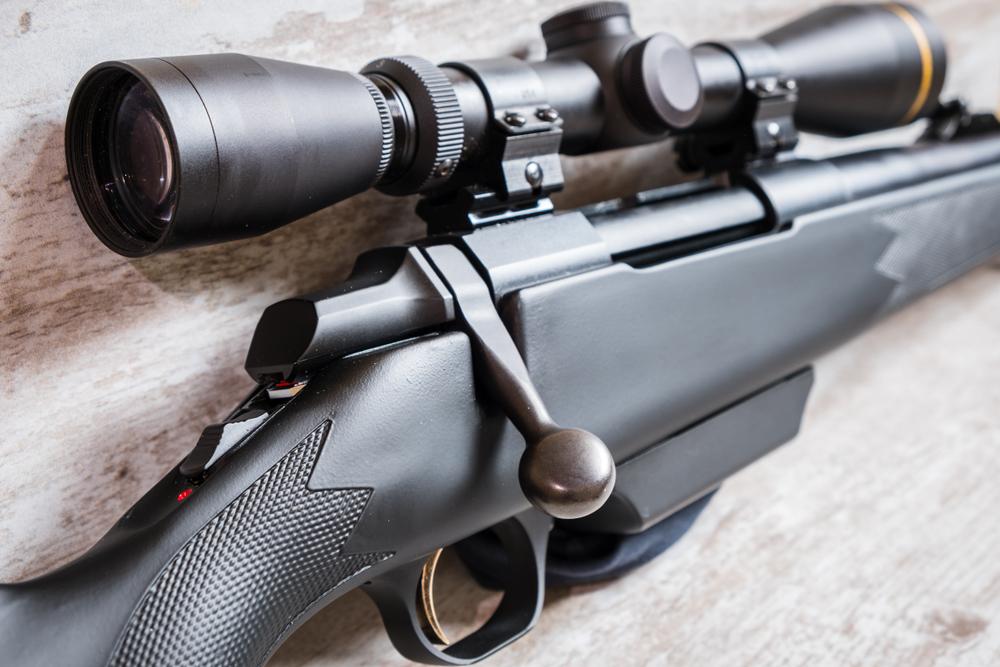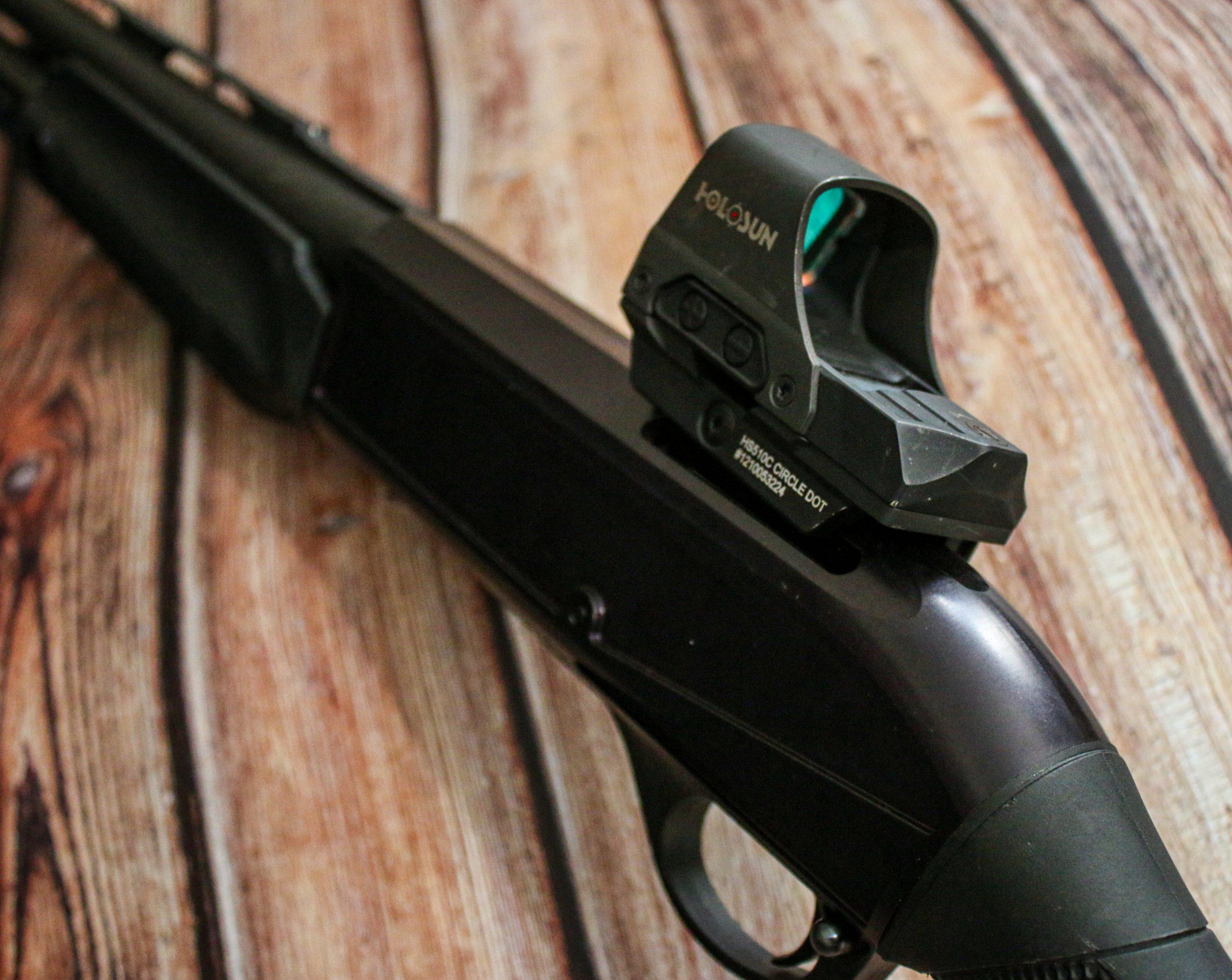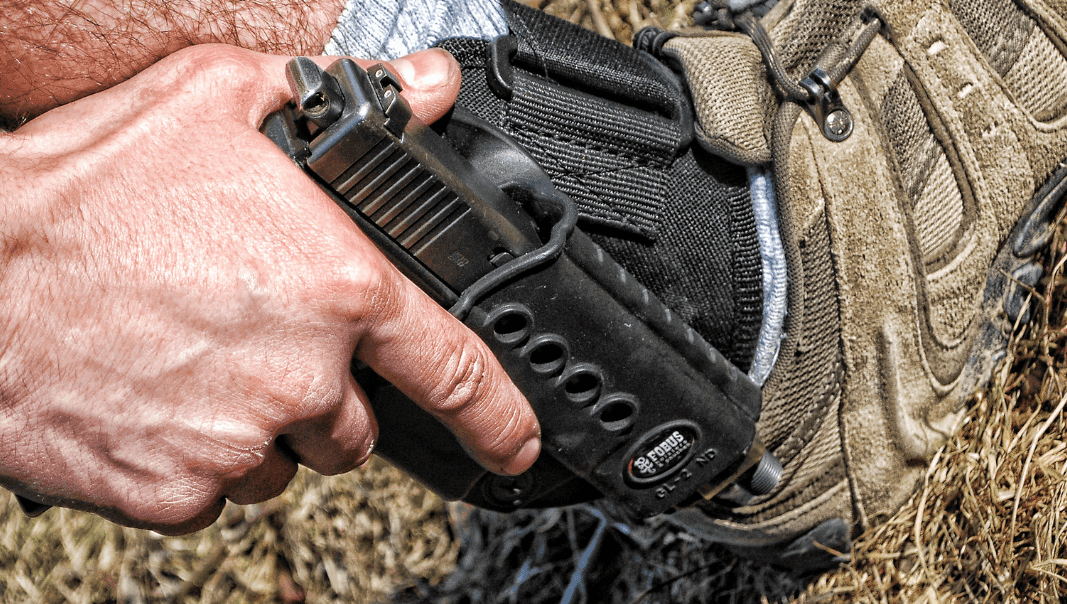The Best 1911s: Find Your Perfect Match
Written By
Kenzie Fitzpatrick
Competitive Shooter
Edited By
Michael Crites
Licensed Concealed Carry Holder
Share:
Products are selected by our editors. We may earn a commission on purchases from a link. How we select gear.
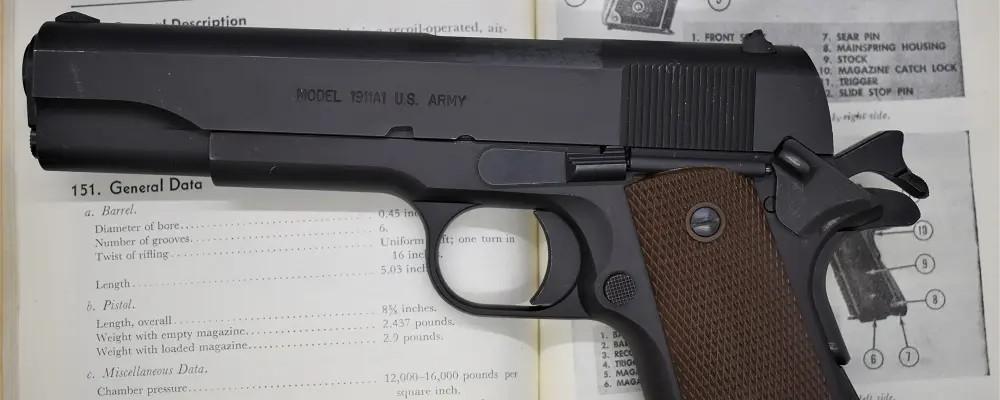
Updated
Jun 2025
Patented on Valentine’s Day in 1911 by firearms genius John Browning, the M1911 has been in continual production and use for well over a century – and for good reason – it’s an instantly recognizable classic that has improved on Browning’s original design time and time again.
In This Article
1911 Pistol Comparison
Below is my list of the best 1911 pistols. I list the best choices in terms of value, performance, design, and cost.
For those seeking the best budget option, the Springfield Garrison stands out as an excellent value pick without sacrificing quality. Classic models from Colt are also included, serving as benchmarks for traditional, high-quality 1911 pistols. Several of these models are a great choice for buyers looking for reliability and craftsmanship.
Our Top Picks
Displaying 1 - 1 of 8
Awards
Price
Overall Rating
Description
Rating Categories
Accuracy
Ergonomics
Features
Fit & Finish
Reliability
Value

$759.99 at Palmetto State
Jump to Details38
A no-frills, affordable 1911-style pistol with basic sights and trigger, but solid reliability and authenticity.
7/10
5/10
5/10
6/10
7/10
8/10

$3100.99 at Palmetto State
Jump to Details49
Colt still produces 1911 Classic, a national match barrel gun in .45 or 38 Super with a blued or stainless steel finish for $800.
9/10
9/10
7/10
9/10
10/10
5/10
$1678.99 at Palmetto State
Jump to Details50
A high-performance 1911 available in 9mm, 10mm, or .45 ACP. Features lightening cuts in the slide for faster lock-up & excellent suppressor-height sights.
9/10
7/10
8/10
9/10
10/10
7/10
$499.99 at Palmetto State
Jump to Details38
RIA has been exporting their 1911-style pistols to the US since 1996, offering affordable models in various calibers and finishes.
6/10
5/10
5/10
6/10
7/10
9/10
$899.99 at Palmetto State
Jump to Details34
Ruger's SR1911 line includes solidly-build 1911 models for home or competition use.
8/10
5/10
6/10
6/10
5/10
4/10
$1300.99 at Palmetto State
Jump to Details31
Sig entered the 1911 market in 2004, and now offers high-end models with loads of features.
7/10
4/10
6/10
5/10
5/10
4/10
$564.99 at Palmetto State
Jump to Details24
PT-1911 models are available in a wide range of calibers, sizes, and finishes, featuring Heine or Novak sights, front slide serrations, and extended beavertail grip safety.
5/10
4/10
3/10
4/10
3/10
5/10
The Best 1911 Pistols
1. Best GI-style 1911: Auto-Ordnance
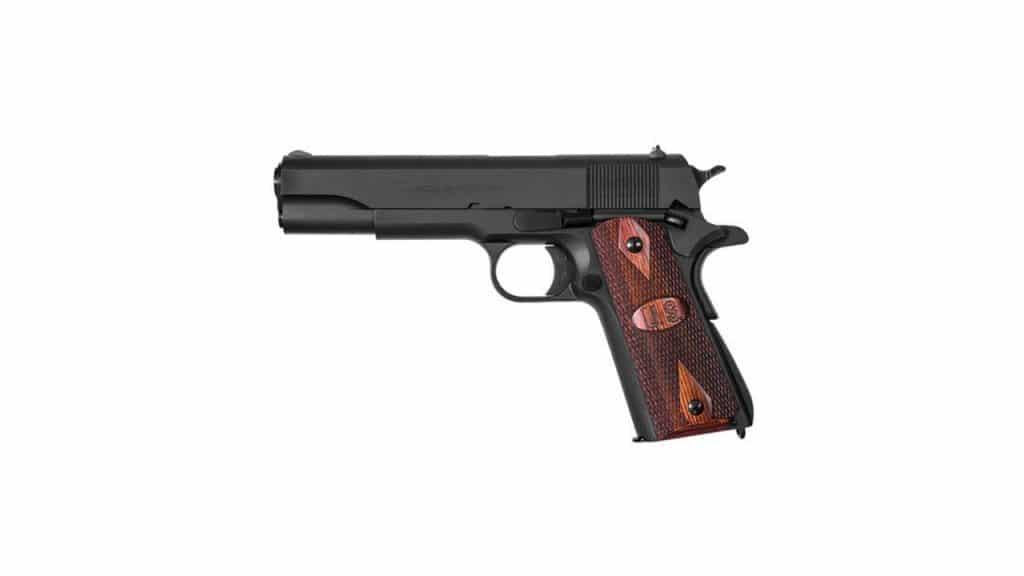
$759.99

38
AVERAGE
2025 Awards & Rankings
Performance Scores
The Good
The Auto-Ordnance GI looks like it stepped right out of a 1940s U.S. Army supply room.
The Bad
Sights are terrible by modern standards, and the trigger is not that great when compared to more expensive 1911s but in fairness, both are more or less in line with what was issued to American servicemembers from the Meuse-Argonne to Grenada.
Specs
- Caliber: .45 ACP
- Barrel Length: 5 inches
- Overall Length: 8.5 inches
- Weight: 39 ounces, unloaded
- Magazine Capacity: 7+1
John Browning received the patent (U.S. 984,519) for the Model of 1911 single-action semi-auto pistol on Valentine’s Day 1911 and by that April the model had been adopted by the U.S. Army. Still standard issue with the military into the 1980s– hence the “two world war winner” moniker bestowed on the gun, the Government Issue 1911 is an enduring classic.
Auto-Ordnance, a classic brand from yesteryear that was bought by pistol maker Kahr Arms in 1999, introduced their no-frills GI series gun, a salute to the Army’s standard M1911A1, in 2015.
The Auto-Ordnance GI 1911 stands out for its classic GI-style authenticity, closely following mil-spec standards in both appearance and function. This adherence to mil-spec ensures the pistol maintains the traditional design elements and reliability expected from a military-inspired 1911.
In the business of making M1911A1s for over 40 years, Auto-Ordnance has been owned by Pennsylvania-based Kahr for the last half of that and in that period has really stepped up their game.
Besides Desert Eagle- and Thompson-branded guns (both Kahr subsidiaries), as well as commemorative models, AO’s 80 Series BKO model is about the best U.S.-made GI-style 1911 on the market for the money. Those looking for an American-made Government Issue style 1911 will be happy with this big .45.
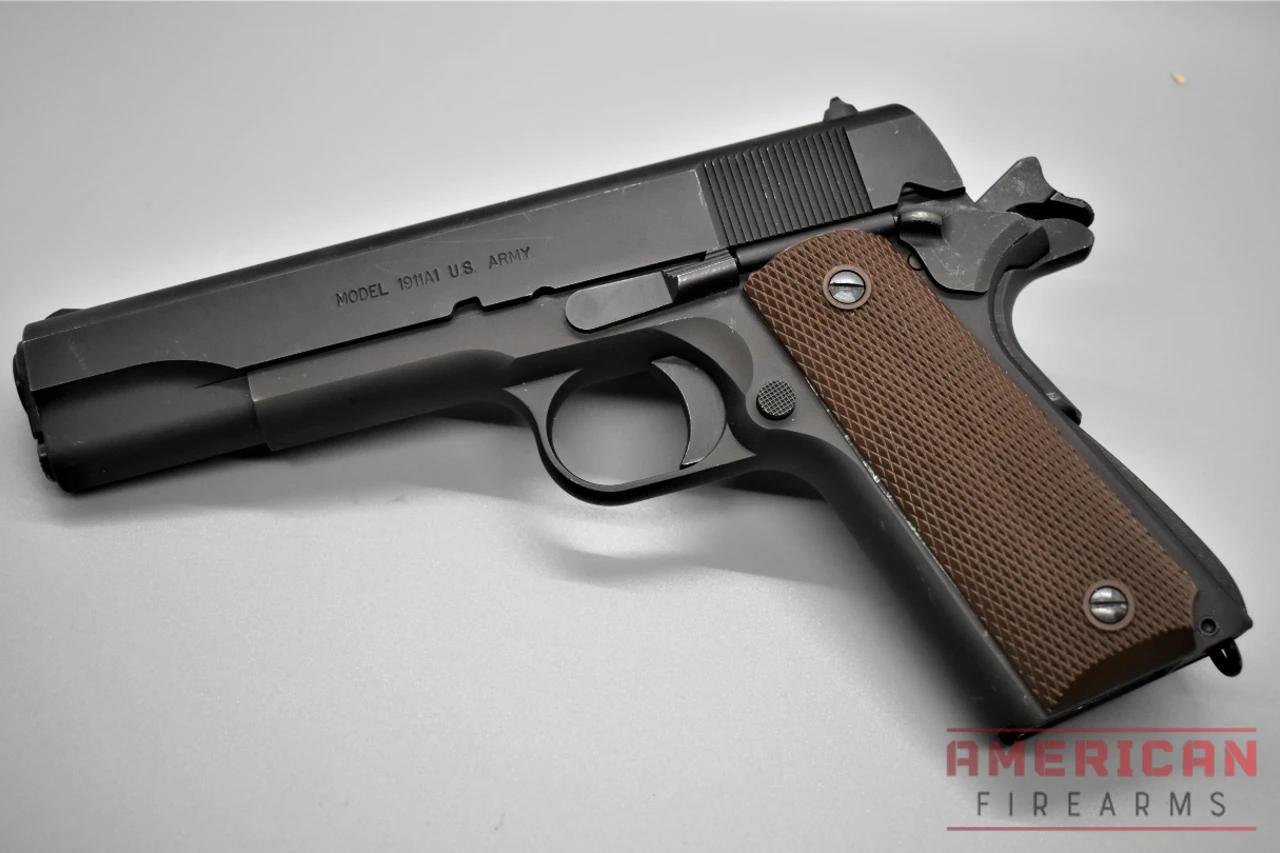
In terms of construction, the frame is not forged but rather cast, which may affect long-term durability compared to models with a forged frame. However, the overall build quality remains solid for its price point.
Shipping standard with a carbon steel frame and slide, the Auto-Ordnance GI carries what is termed a BKO or a matte black oxide finish that closely mimics the 1940s parkerizing that was standard on the original. The internals are close to bomb-proof with a sear, and disconnector machined from solid bar stock and an 80-series firing pin block.
Like your standard Government Issue 1911, the Auto-Ordnance carries a left-side manual thumb safety/slide lock and a rear ambi beavertail grip safety. The magazine release is push-button and located on the left, allowing the mags to drop freely.
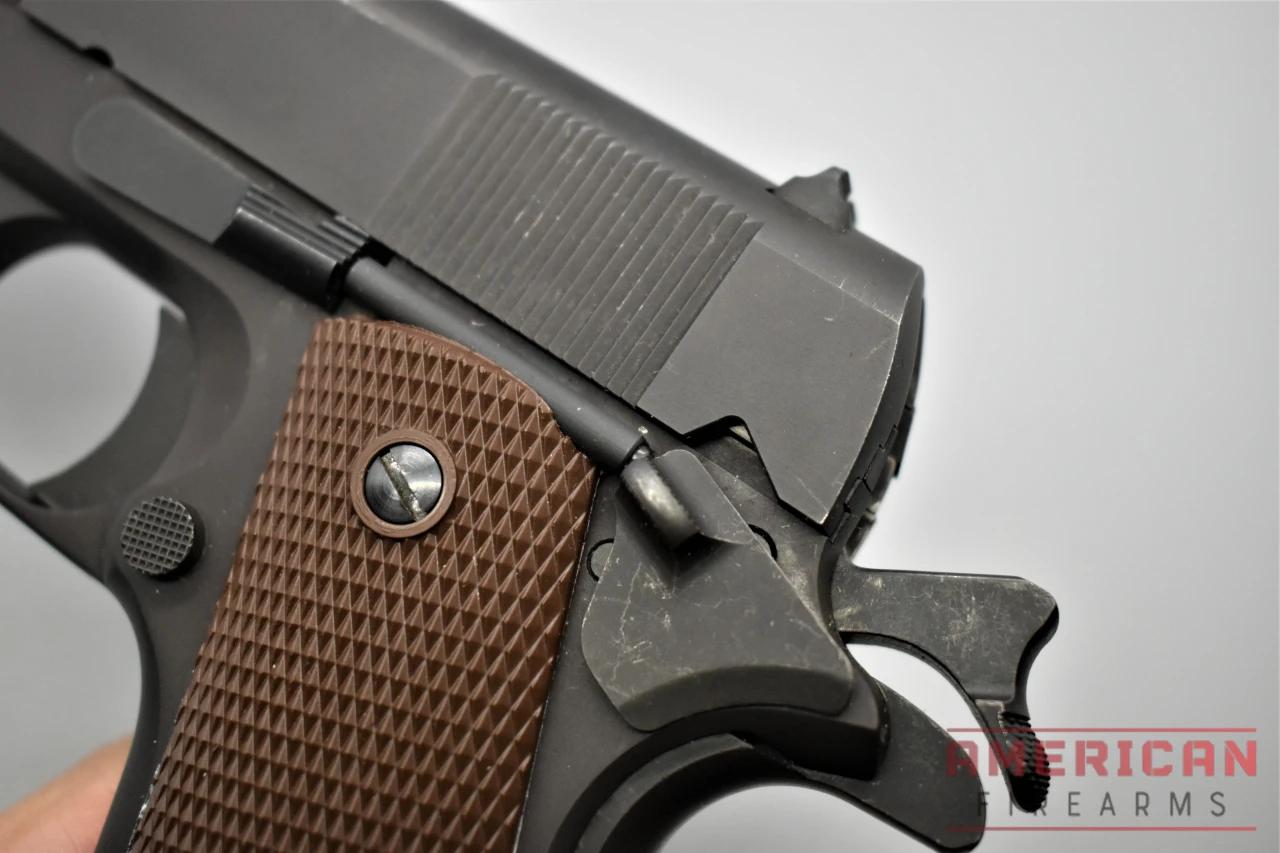
The 1911 series, AO’s gun included, run the vaunted 18-degree grip angle that continues to make the gun as pointable today as in the Great War. It ships with brown checkered plastic grips that can easily be swapped out for widely available panels.
During our range testing, the pistol fired reliably throughout the session, with no malfunctions or stoppages. I ran 500 rounds of assorted factory .45 ACP ball target and JHP self-defense rounds and found the Auto Ordnance GI to cycle reliably, with just three easily cleared malfunctions. This consistent performance underscores its suitability for those seeking a dependable, GI-style 1911.
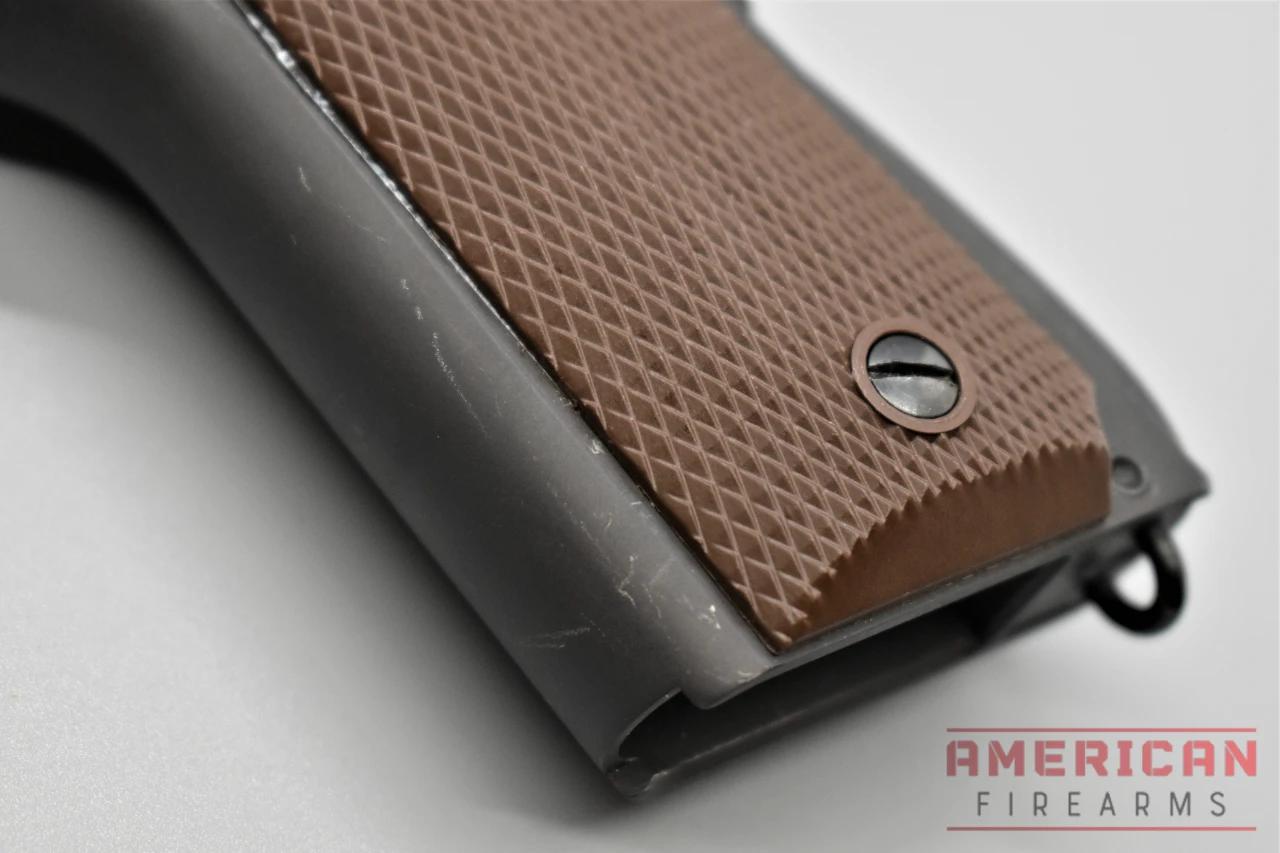
The sights are basic with a short blade front and a drift adjustable rear. While they are not going to win many competitions and make long-range shooting tough, they could probably win another world war if needed.
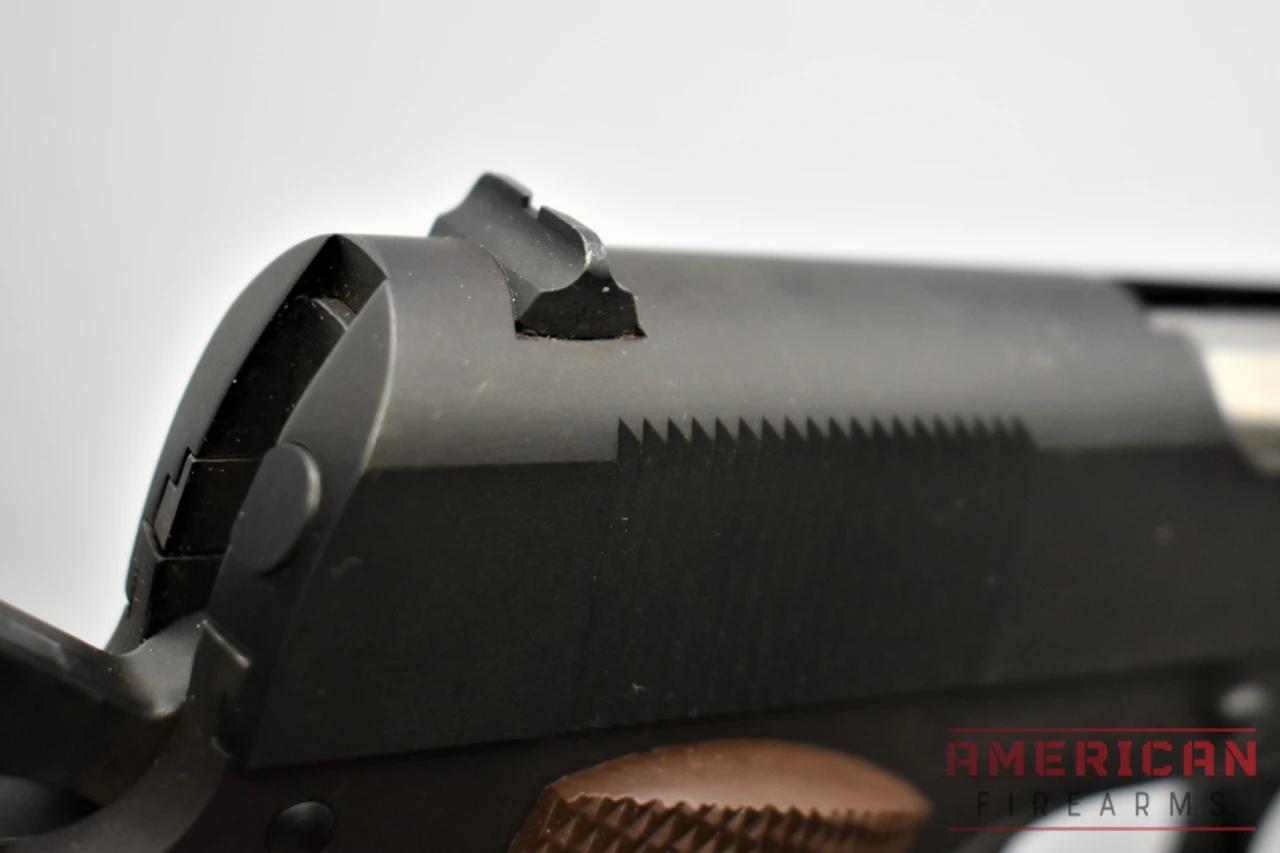
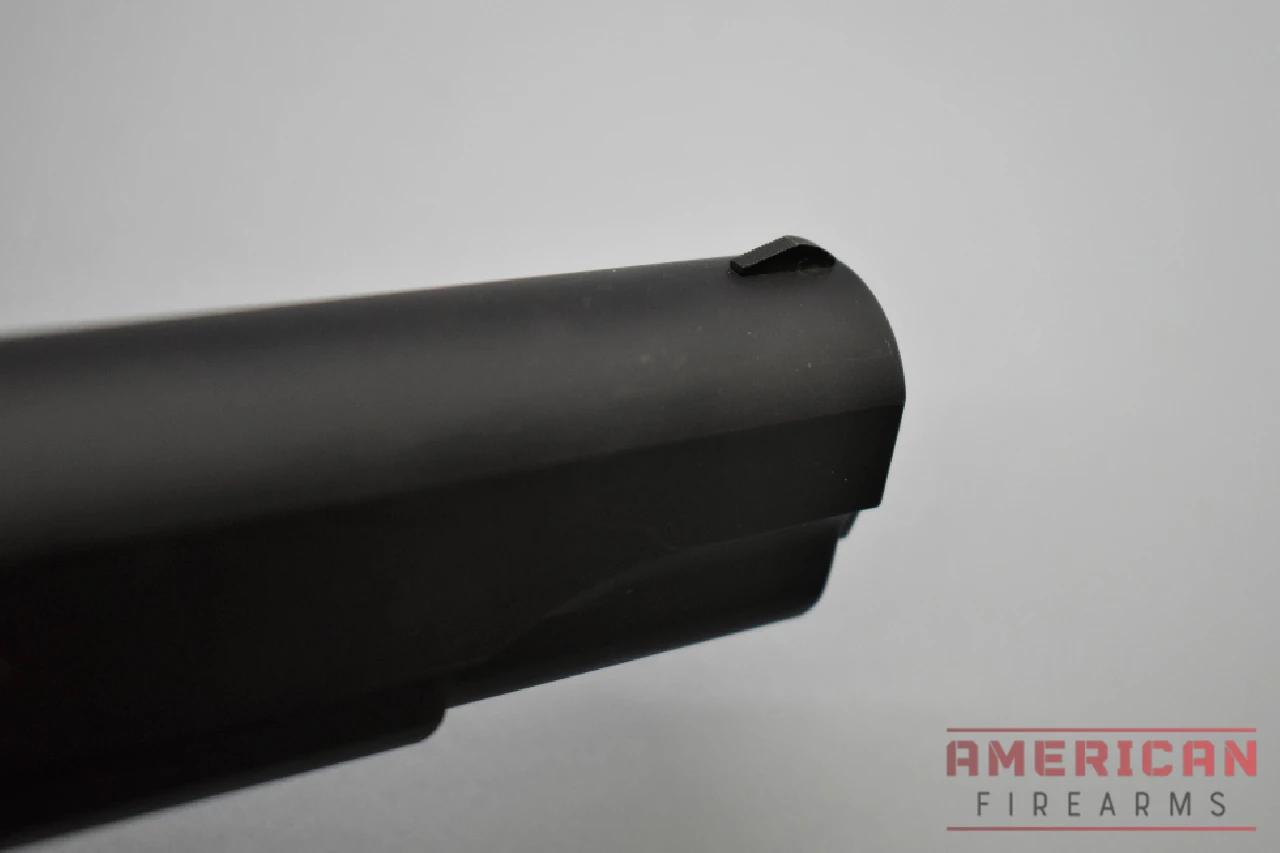
While 1911s can have amazing triggers, the one I tested on the Auto-Ordnance GI isn’t one of them. Kinda creepy with a 5.5-pound break, for a 1911 the single-action trigger was not great. However, it is functional and does feel similar to military surplus M1911A1s I have shot in the past– so it is correct for a replica! Still, if you want to swap it out, just about any gunsmith in this part of the milky way can pull off a trigger job on a 1911.
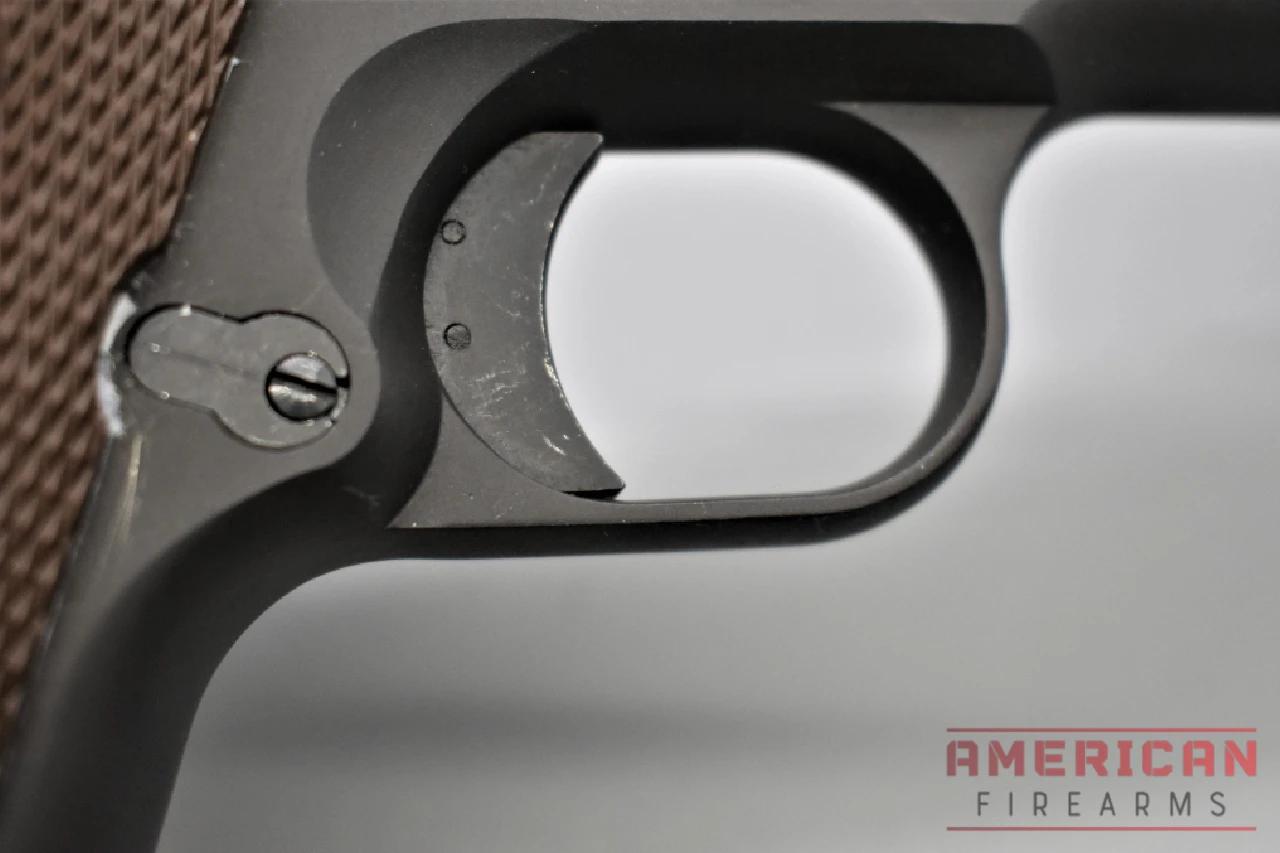
The long sight radius and single action trigger counteract the abyssal WWII-correct sight picture to deliver decent accuracy on this .45 provided the user has a good grip. A typical five-shot string from 15 yards with bulk pack ammo falls within four inches.
There are probably more parts available for the 1911 than any other pistol ever made. If you want grips, barrels, triggers, sights, or internals, there is no shortage to allow the user to shop around.
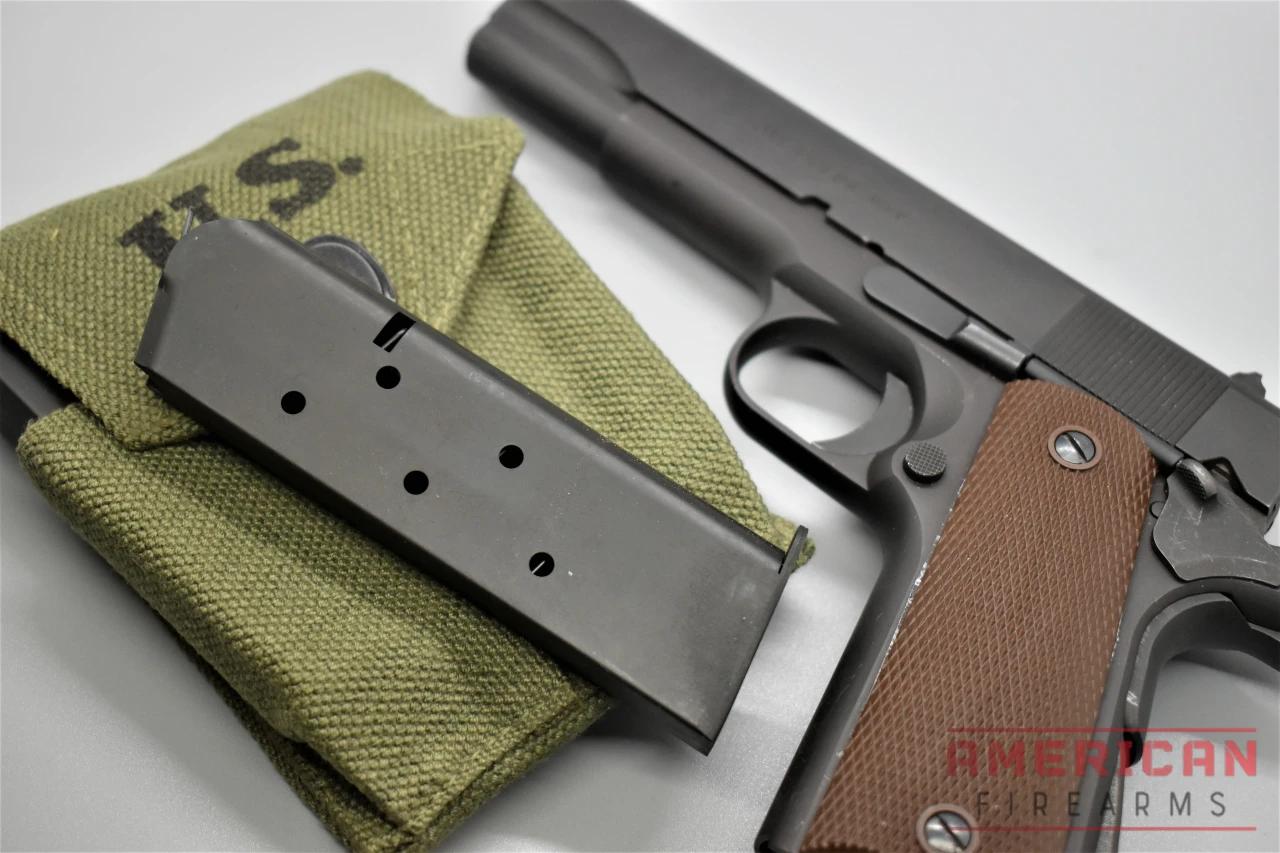
2. Best 70-Series: Colt 1911
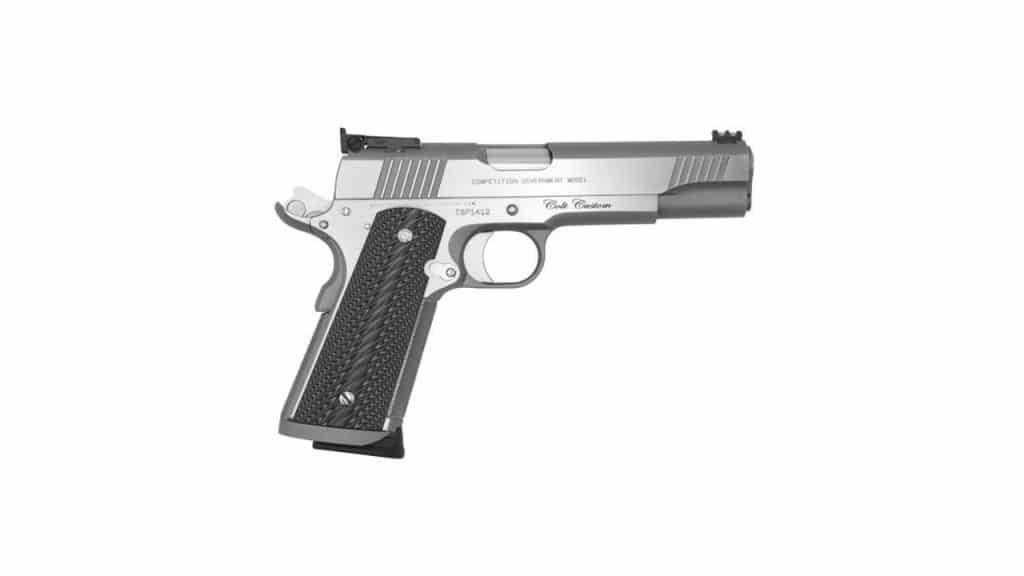
$3100.99

49
EXCEPTIONAL
2025 Awards & Rankings
Performance Scores
Of course, the company that kicked the whole thing off over 100 years ago is still cranking out Mr. Browning’s classic.
Besides the $1,300 Gold Cup National Match and $1,700 M45A1 rail gun, Colt offers what they term the 1911 Classic, a 70 Series gun that comes standard with a national match barrel and is offered in choices of either .45 or 38 Super and with a blued or stainless steel finish. Best yet, the Colt 1911 Classic has an MSRP in the $800 price range.
The Colt 1911 Competition Series 70 is a standout among 1911 pistols, drawing on the legacy of classic Colts that have long set the benchmark for quality and craftsmanship in the 1911 market. This model features a forged frame, which enhances durability and reliability, distinguishing it from pistols with cast frames and making it a preferred option for those who value strength and longevity in their firearms.
In terms of value and performance, the Colt 1911 Competition Series 70 is a great choice for anyone seeking a traditional 1911 experience. For buyers considering alternatives in this price range, the Springfield Garrison is also worth a look, offering excellent craftsmanship and reliable performance as another value-oriented option.
3. Best Custom: Ed Brown
When it comes to top-tier 1911s, Ed Brown has been making them in spades for a generation. Besides competition and carry models, they have a whole Tactical Line of which the SOCOM variant is so operator-level it will make you cry.
Ed Brown is widely recognized as a leading semi-custom 1911 manufacturer, known for blending premium materials, hand fitting, and detailed craftsmanship. Their pistols are often compared to other top-tier brands for quality and reliability.
A rail gun that is ready for any accessory, it is also suppressor- and optics-ready right out of the box. Did we mention it comes standard with a Trijicon SOCOM RMR?
4. Best Multi-Caliber: Kimber Rapide
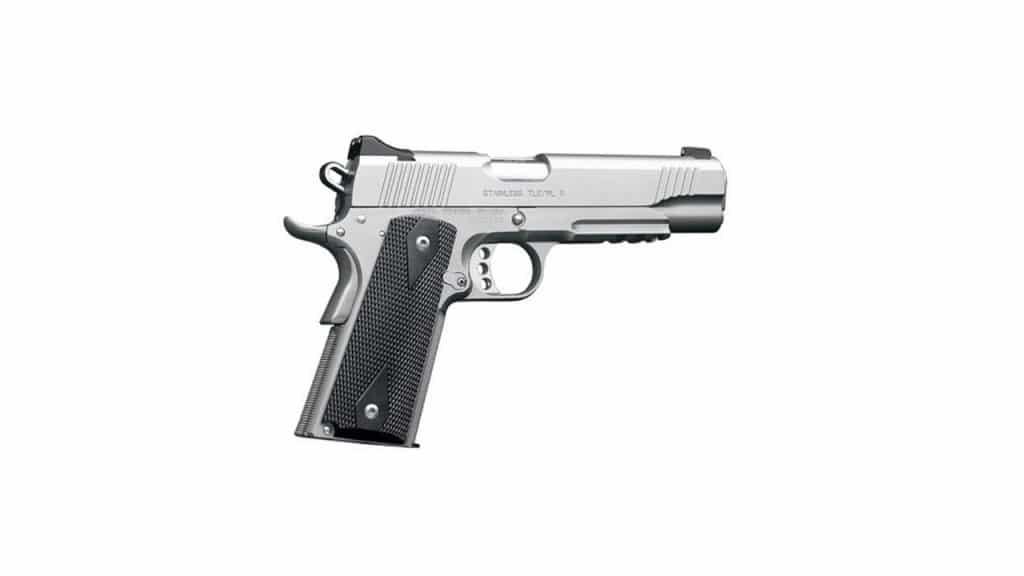
$1678.99

50
EXCEPTIONAL
2025 Awards & Rankings
Performance Scores
The Good
The Rapide feels good and shoots well, making it an easy choice for those looking for superior performance in 1911.
The Bad
We found the KimPro finish to be a little on the thin side and easily marred while the G10 grips had cosmetic issues that soon saw them swapped out for some curly maple.
Specs
- Caliber: 9mm, 10mm, or .45 ACP
- Barrel Length: 5 inches
- Overall Length: 8.7 inches
- Weight: 39 ounces, unloaded
- Magazine Capacity: 8+1 (.45/10mm), 9+1 (9mm)
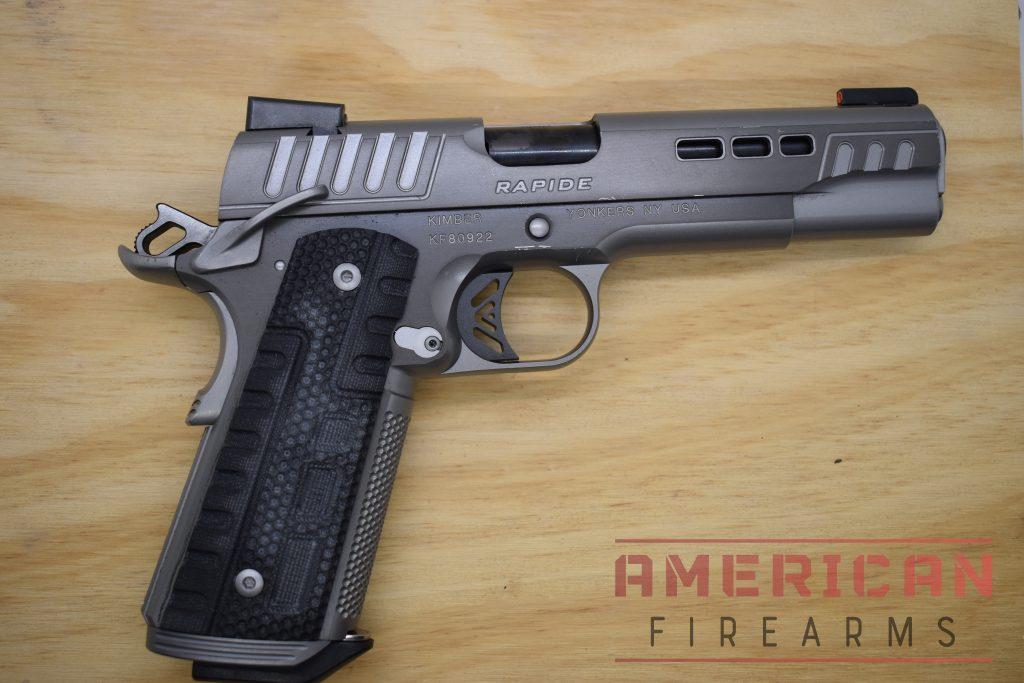
Kimber, now centering their operations in a new facility in Alabama, has long been delivering a host of 1911s to the market in multiple flavors. While their Grand Raptor will turn heads, the new Cadillac of their line is the Rapide (Black Ice) series. These come standard with a DLC-coated barrel, slide lightening cuts for faster lock time, a V-cut aluminum trigger, and Tru-Glo TFX Pro day/night sights.
Kimber manufactures the Rapide entirely in the USA, which makes sense for maintaining strict quality control and ensuring high standards. The slide features aggressive cuts for weight reduction and improved cycling, and it includes rear slide serrations that enhance grip and add to the pistol’s distinctive look.
Notably, the Rapide uses an internal extractor rather than an external extractor, which some shooters debate in terms of reliability, but Kimber’s design is known for consistent performance. The grip incorporates detailed strap checkering, providing a secure hold and demonstrating the attention to craftsmanship found in high-end 1911 pistols.
With a gun that shares a name with a top-shelf European sports car, this 1911 platform blends performance and styling to give the user something a bit more aristocratic.
The best thing is that they come in 9mm, 10mm, and .45ACP.
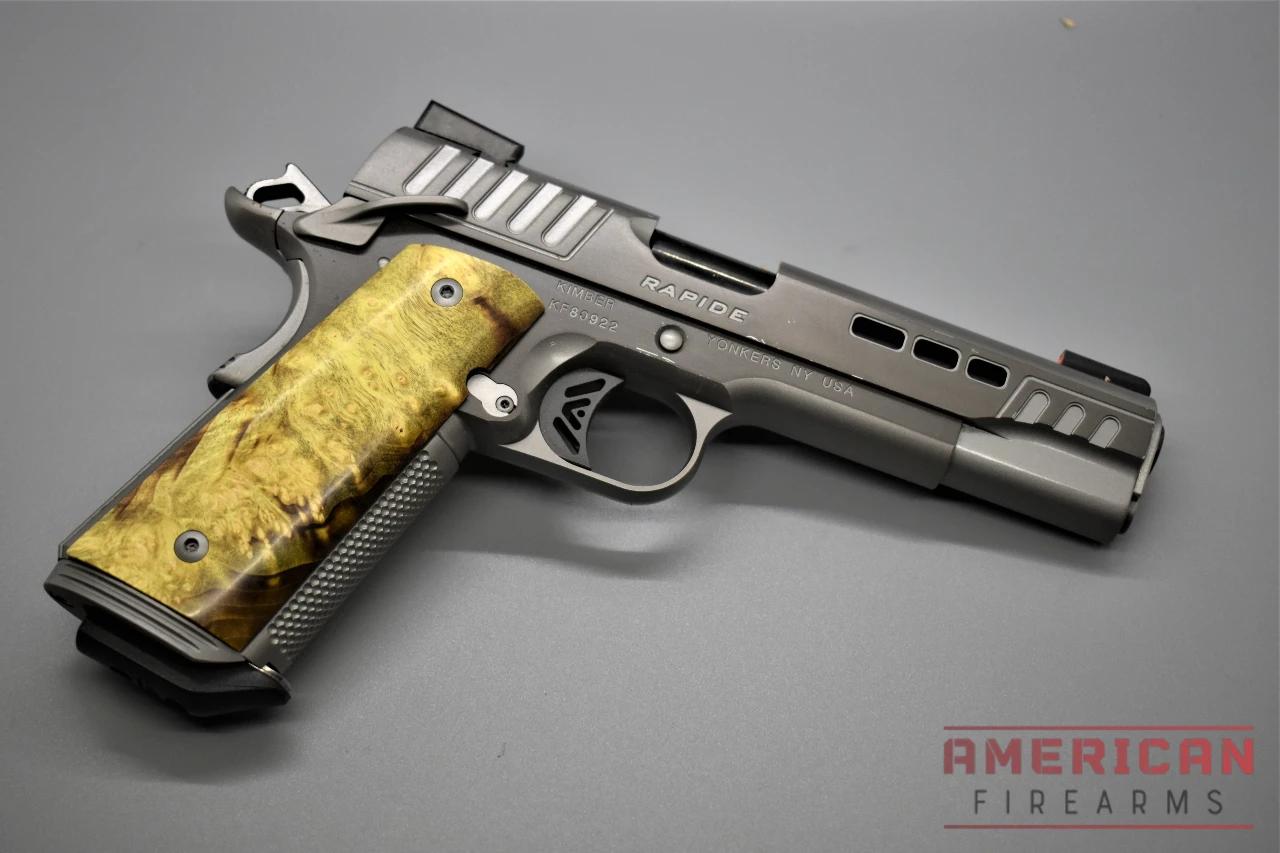
Sharing the French word for “fast” with an Aston Martin sports saloon car (which had it first), the Kimber Rapide was introduced in 2019. The ode likely comes from the fact that it has lightening cuts in the slide for a faster lock up while also sporting several rather nice features.
Offered in 9mm, 10mm, or .45 ACP caliber, and in choices between a DN/NS (Black KimPro II finish with a TiN barrel), Black Ice (Silver/gray two-tone KimPro finish and DLC coated barrel), Scorpius (KimPro Black finish with brush polished flats), or Dawn (Silver/gray with a TiN barrel) options, all Rapides use a stainless steel frame, barrel, and slide.
The barrel is a match-grade hole puncher mated to a match-grade bushing. Other features include extensive stippling, a full-length guide rod, and G10 grips.
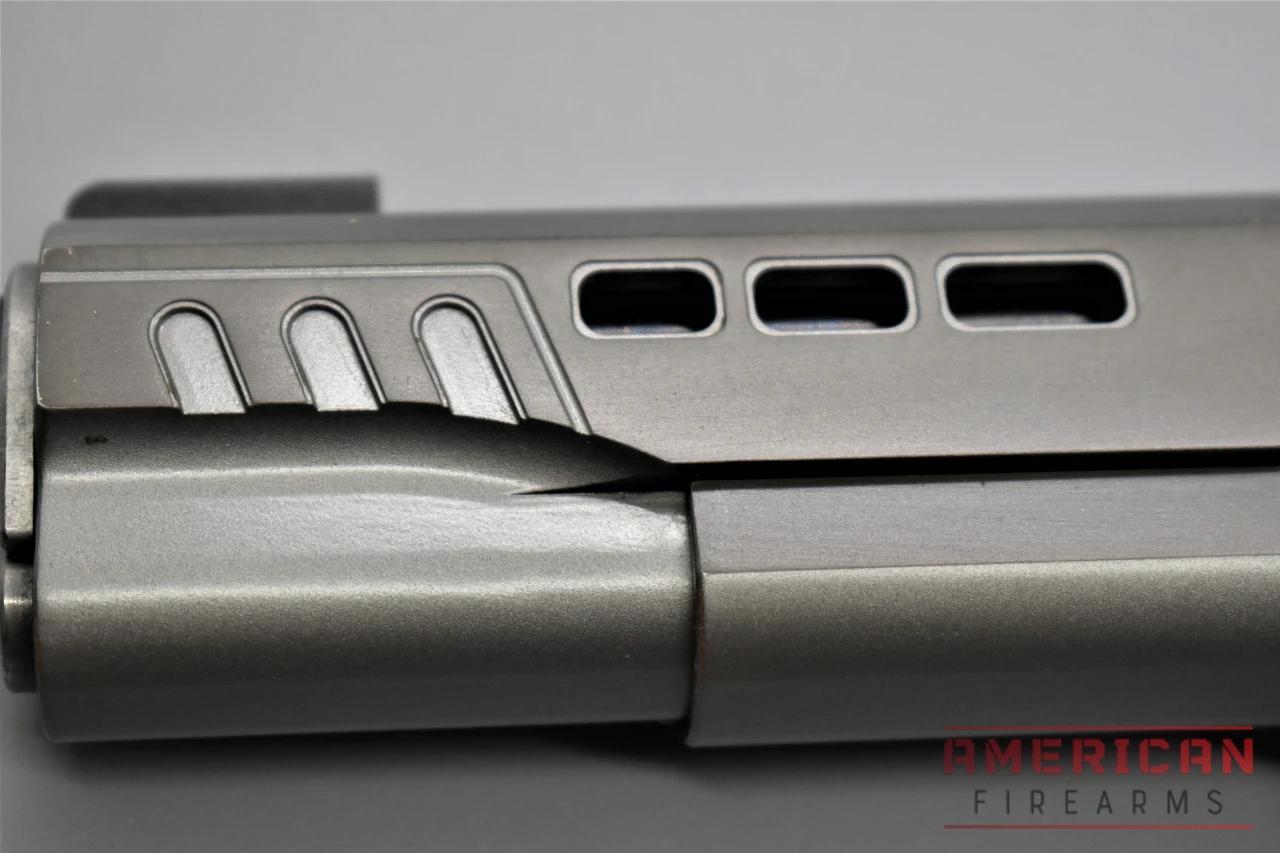
The Rapides have easy-to-use extended beavertail grip safeties and extended ambidextrous frame-mounted manual slide lock/safety lever. The magazine release is located on the left side of the frame and drops mags free.
The series uses Kimber’s Stiplex front strap pattern, stepped front and rear cocking serrations on the slide, and special tile-style texture blocks on the back of the straight mainspring housing. These combine to make the gun “stick” to the user’s hand.
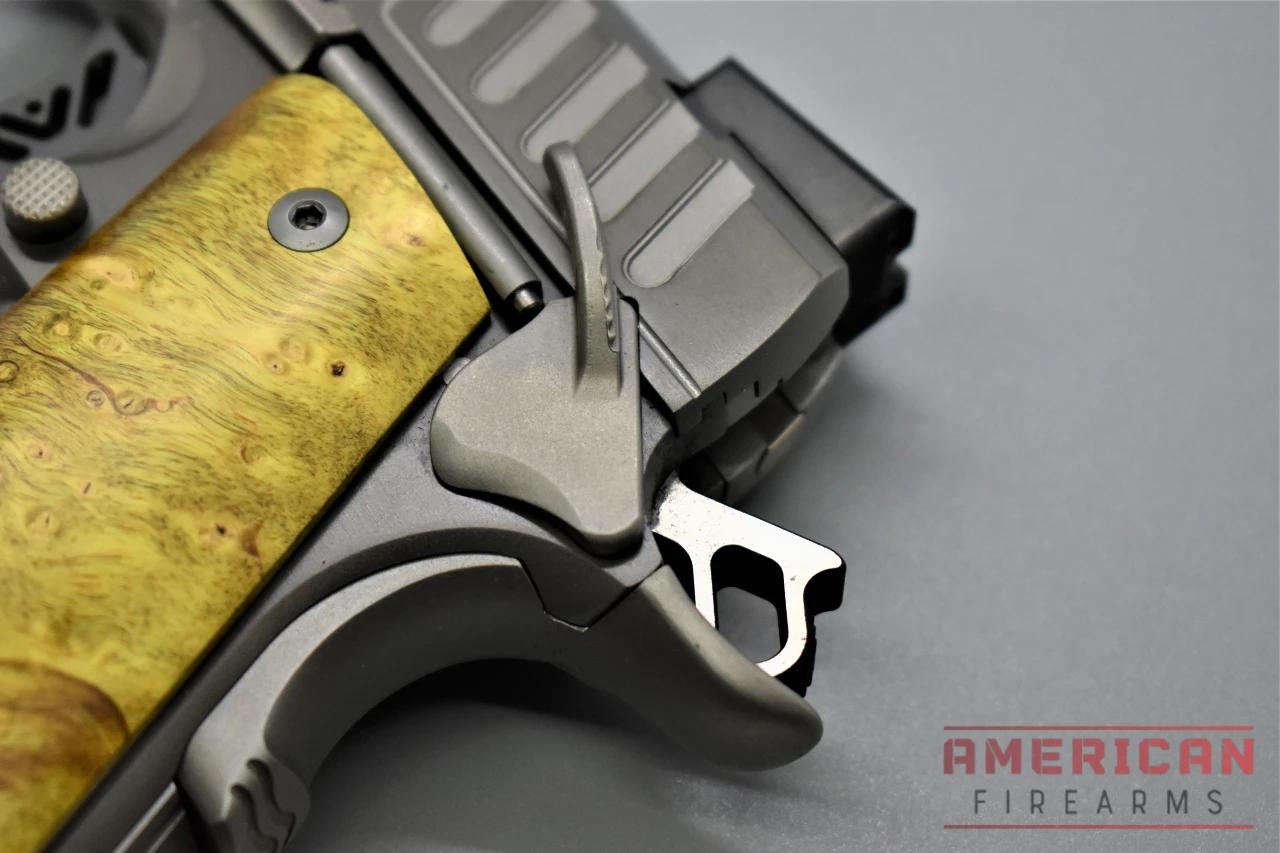
While 1911s often suffer from a reputation of having more jam than a Smucker’s catalog, I found the Rapide, which I evaluated in 10mm, to run well across a 400-round test, suffering just one malfunction that was easily cleared.
While not optics-ready, the Rapide series uses excellent suppressor-height TruGlo TFX Pro day/night sights with an adjustable rear and orange ring front. They pop into sight almost immediately when presenting and are some of the best factory-installed sights we’ve seen on a 1911 not made by somebody like Nighthawk or Wilson Combat.
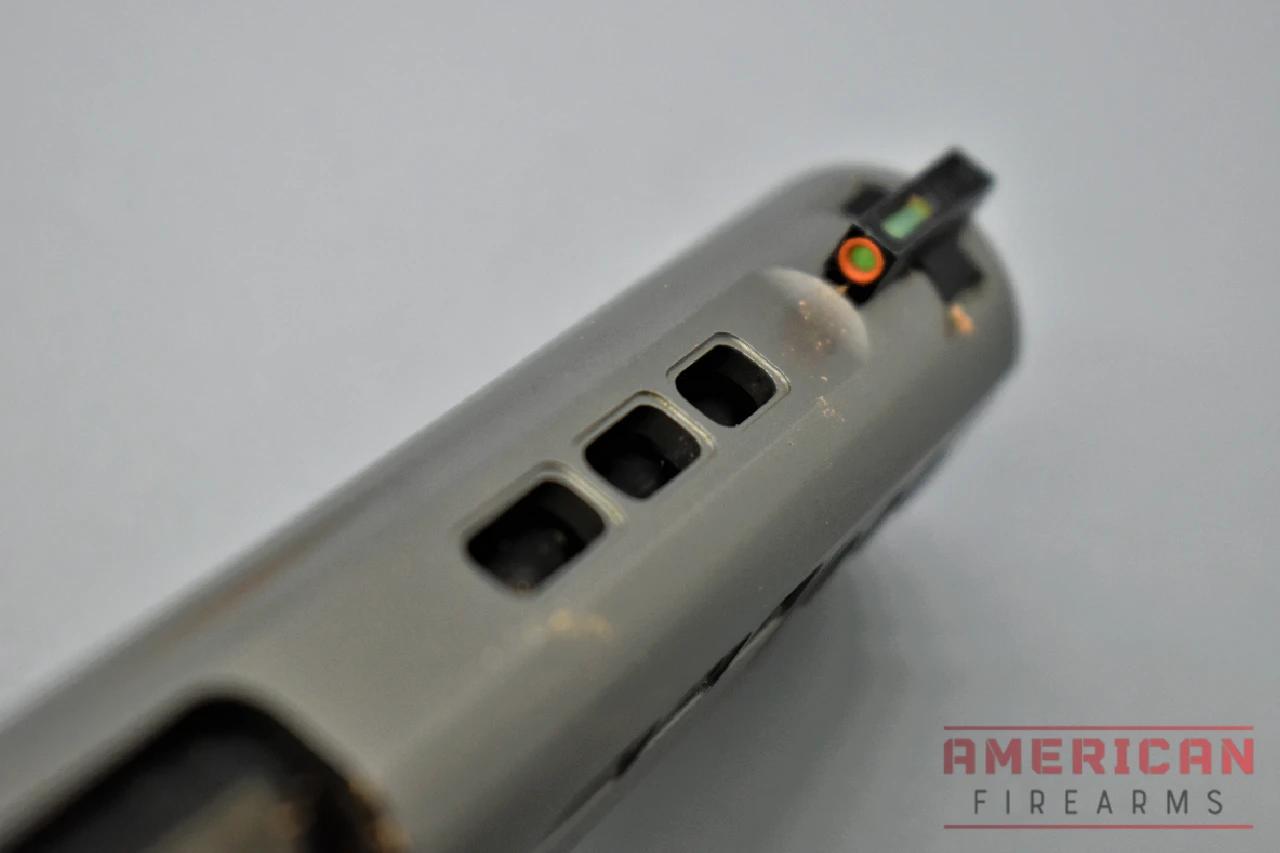
The Rapide carries a premium V-cut aluminum trigger that is factory set at about 4.5 pounds. It breaks “like glass” and has an almost immediate wall.
Blending the TruGlo TFX sights, long sight radius, premium single-action trigger, match-grade barrel, and well-thought-out ergonomics means the Rapide can deliver when it comes to accuracy. We were measuring 3-inch groups from the 25-yard mark off the bench kind of accuracy.
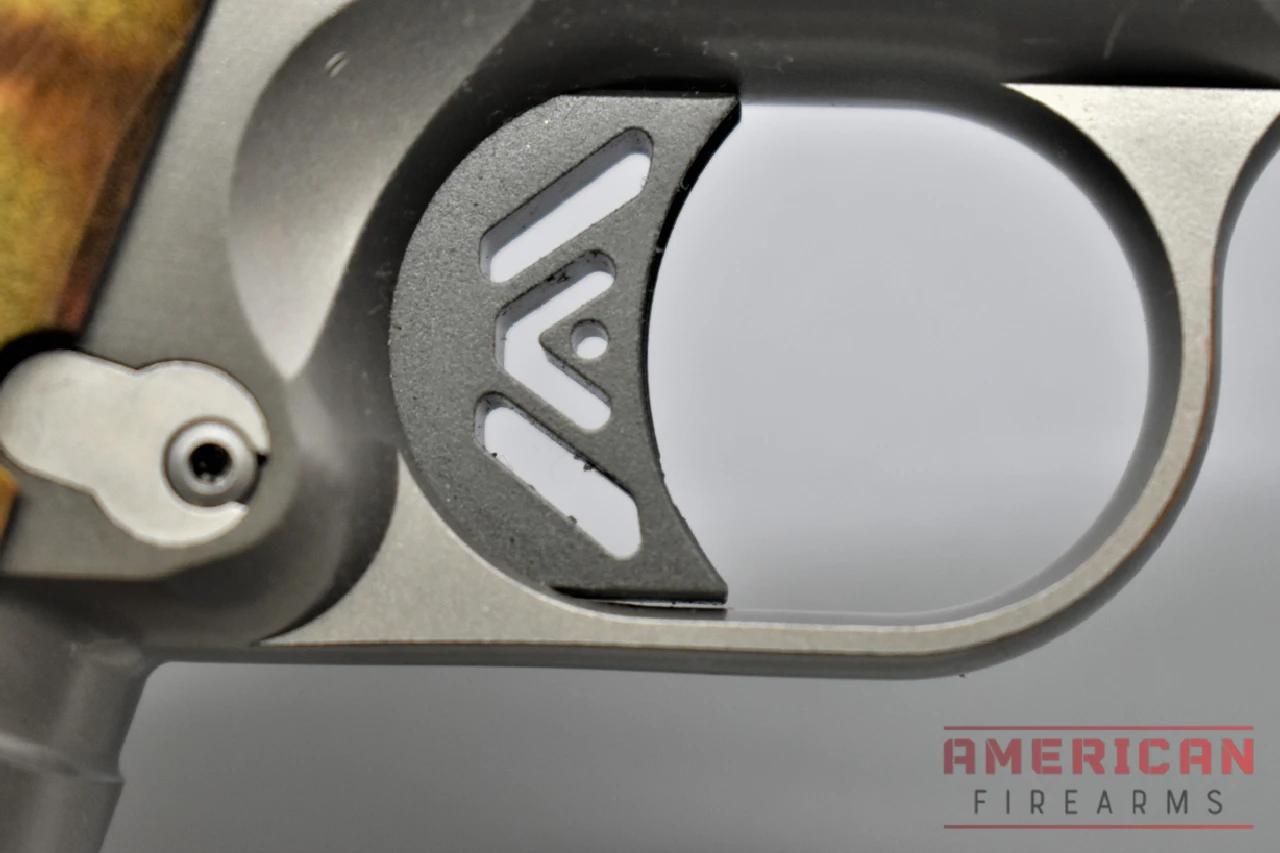
Although Kimber makes the Rapides with a lot of Kimber-only features, at its heart the series is still just a 1911 platform, one that has been around for over 110 years. This means there are a ton of aftermarket accessories for every component from sights and grips to triggers and internals.
5. Budget Option: Rock Island Armory
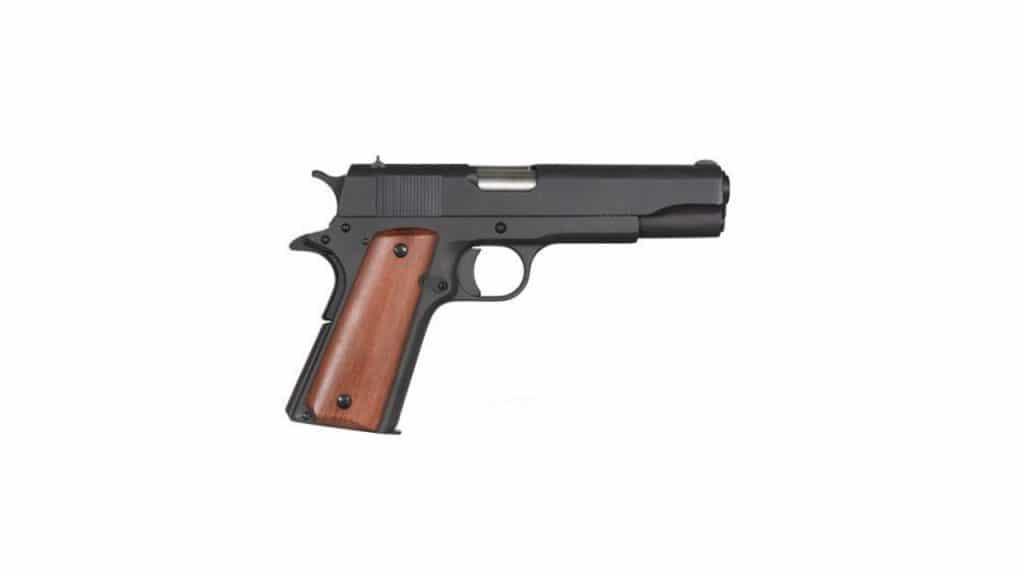
$499.99

38
AVERAGE
2025 Awards & Rankings
Performance Scores
Born in the U.S., the 1911 is as American as apple pie and blue jeans. However, as many of Uncle Sam’s allies inherited surplus Government models after WWII, the genie was let out of the bottle and is growing.
One such country that started rolling their own, so to speak, is the Philippines, where Rock Island Armory got so good at it that they started exporting their locally made versions to the States in 1996.
Since then, they have perfected their game, making rock-bottom (see what we did) affordable 1911-style pistols in a multitude of calibers (to include their own interesting .22TCM cartridge), sizes, and finishes. If you’re looking for a 1911 that won’t break the bank, the Rock Island Armory is widely considered the best budget option on the market. It delivers reliable performance and solid build quality at a price point that’s hard to beat.
Other affordable brands worth considering include Taurus, Tisas, and Magnum Research, all of which offer good value for the money.
Overall, the Rock Island Armory is a great choice for anyone seeking an affordable 1911 without sacrificing reliability or quality.
6. Best Commander Series: Ruger SR1911
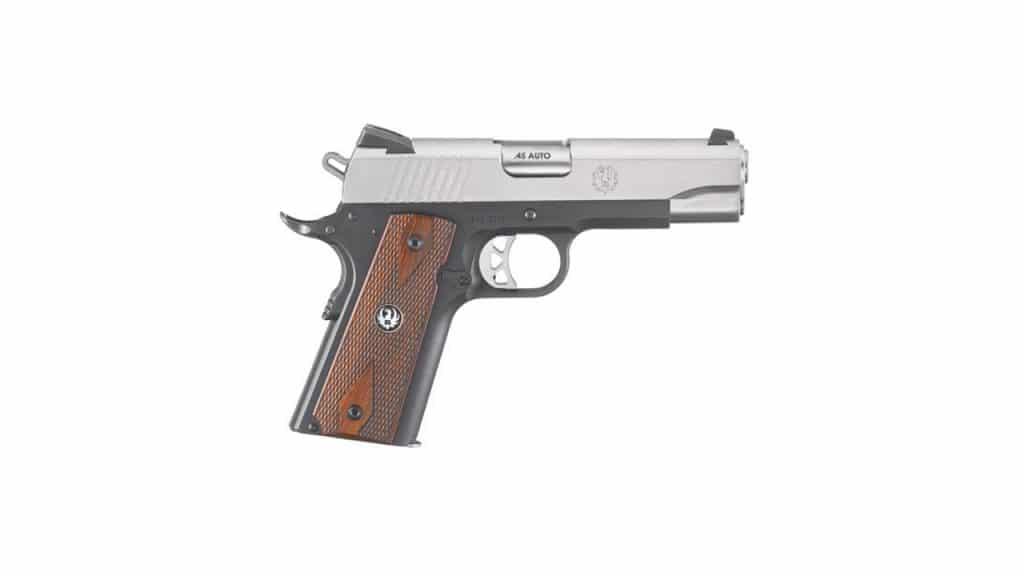
$899.99

34
AVERAGE
Performance Scores
No longer content to let Colt have all the fun, in the past decade or so, other American gunmakers with household name brand recognition have jumped into the market and done it well. One of these is Ruger, whose SR1911 line is actually larger now than Colt’s and includes full-size, commander, and officer-sized models as well as those geared to target and competition use.
In the latter, Team Ruger’s champion, Doug Koenig, has been lending sage input to his own line of carefully hand-fitted SR1911 Competition Models that leave little off the table.
The Ruger SR1911 is a solid entry in the 1911 market, known for its reliable performance and classic styling. The Commander model, in particular, stands out for its use of a lightweight aluminum frame, which makes it easier to carry compared to traditional steel frames. Ruger also utilizes a forged frame in the construction of the SR1911, providing enhanced durability and strength over cast alternatives.
Overall, the SR1911 is a great choice for anyone seeking a Commander-style 1911 that balances quality, reliability, and value.
7. Best Match 1911: Sig Sauer
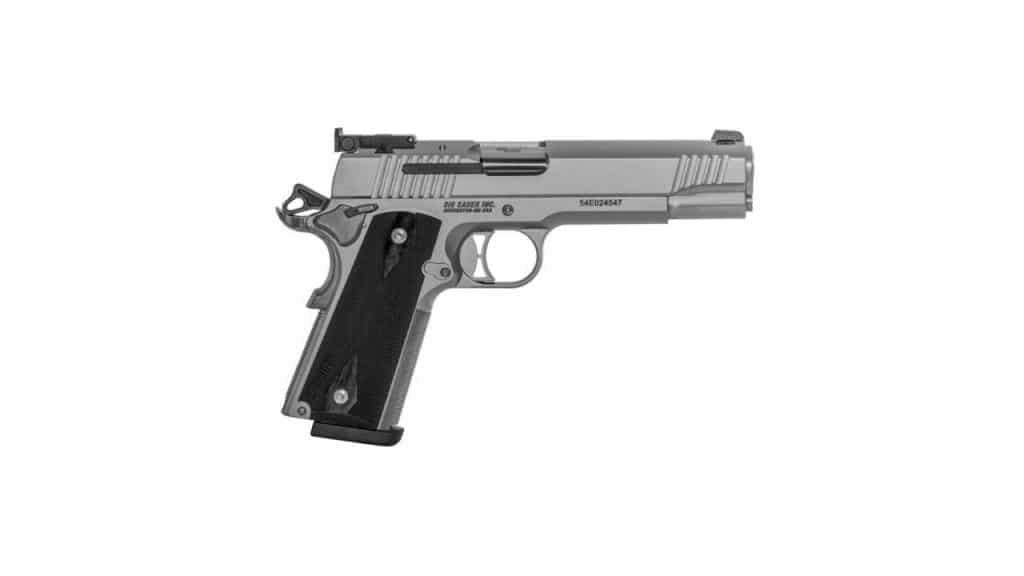
$1300.99

31
AVERAGE
Performance Scores
The Sig Sauer 1911 stands out for its precision-machined slide, which features an external extractor. This external extractor is often regarded as a mark of higher reliability and is valued by many shooters who prioritize consistent performance.
With its crisp trigger and excellent build quality, the Sig Sauer 1911 is a great choice for match shooters seeking dependable accuracy and smooth operation.
When it comes to .45ACPs, Sig Sauer actually came to America with one as their flagship model, the original P220/BDA in 1975. The company, now centered in New Hampshire rather than Germany, has a lot of irons in the pot but still found time to enter the 1911 market in 2004.
In Sig fashion, they currently make several superb examples of the breed including Fastbacks with rounded grips, the all-black Nightmare, and the high-end Emperor Scorpion rail guns, the latter with a flat dark earth PVD finish over a stainless steel frame and slide, G10 grips, and SIGLITE night sights.
8. Best 2011: Springfield Armory Prodigy
Illinois-based Springfield Armory started making their own forged receiver and frame 1911A1 models in 1985, introducing them in both .45 and 9mm, which was novel for the time.
Now, fast forward 35 years, and Springer is still in the 1911 biz and doing a fine job of it, having supplied the Marines with updated Government models for several years, but thanks to their prominence in the John Wick and Marvel franchises, everyone wants a double stack 2011, and Springer brought the Prodigy to market to help make them slightly more affordable.
The Springfield Prodigy features a match-grade barrel — specifically it comes equipped with a bull barrel. The bull barrel design enhances accuracy and reduces muzzle flip, making it especially beneficial for competitive shooting.
This model is well-suited for 3-gun and gun games, offering the reliability and performance needed for demanding match environments.
Overall, the Springfield Prodigy is a great choice for competition shooters looking for a high-quality, dependable 1911.
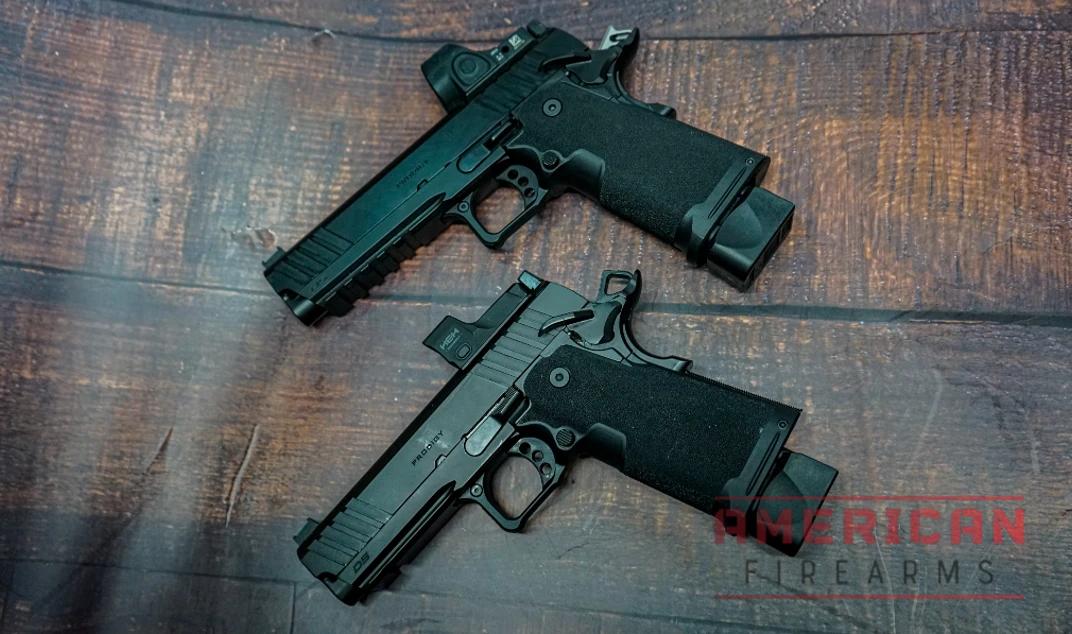
Available in four optics-ready variants– with 5-inch or 4.25-inch barrels and with and without a HEX Dragonfly red dot included– the Prodigy runs $1499-$1699 with the Dragonfly on the higher end of the price spectrum.
Using 17+1 round capacity mags and with 20- and 26-round mags available– these 9mm 1911s have a ton of nice features including stainless bull barrels, AOS (Agency Optic System) mounting plates with integral rear sights, upscale ergos, and fiber optic front sights.
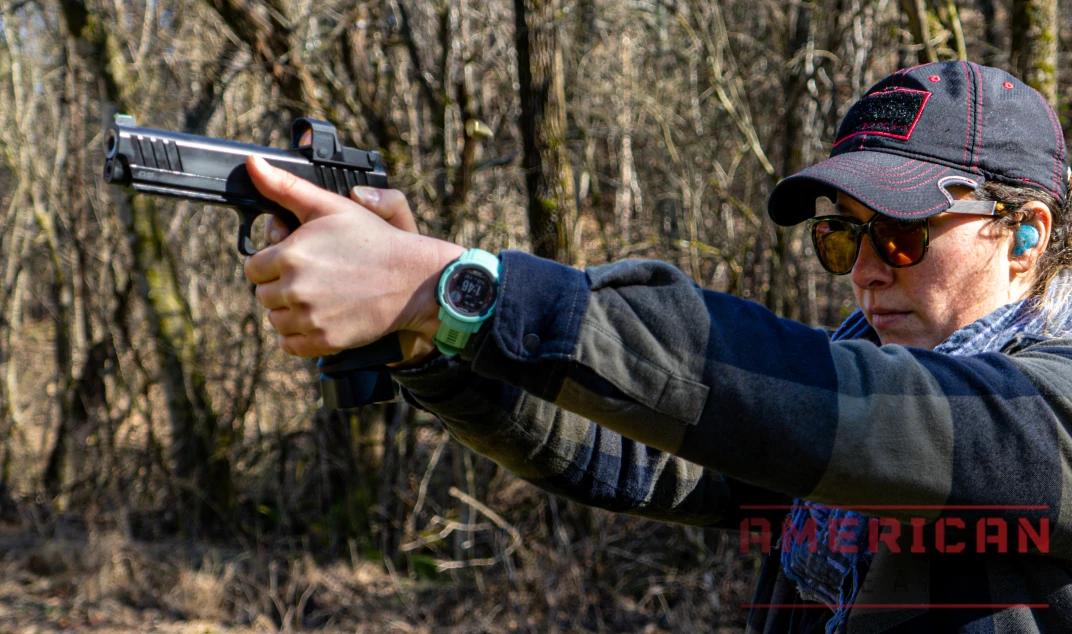
Even if you were to purchase the iron sight-only model pistol, you could upgrade the gun with your favorite red dot by purchasing the right optic plate from Springfield Armory. Their plates include a rear sight designed to co-witness with your specific red dot installed.
The gun comes with two sizes of magazines, a 17 and 20-round magazine, but you can also purchase a 26-round magazine. While I don’t have every 2011-style magazine to test, the gun is compatible with MBX magazines, so I can use my double-stack MBX 9mm mags with it.
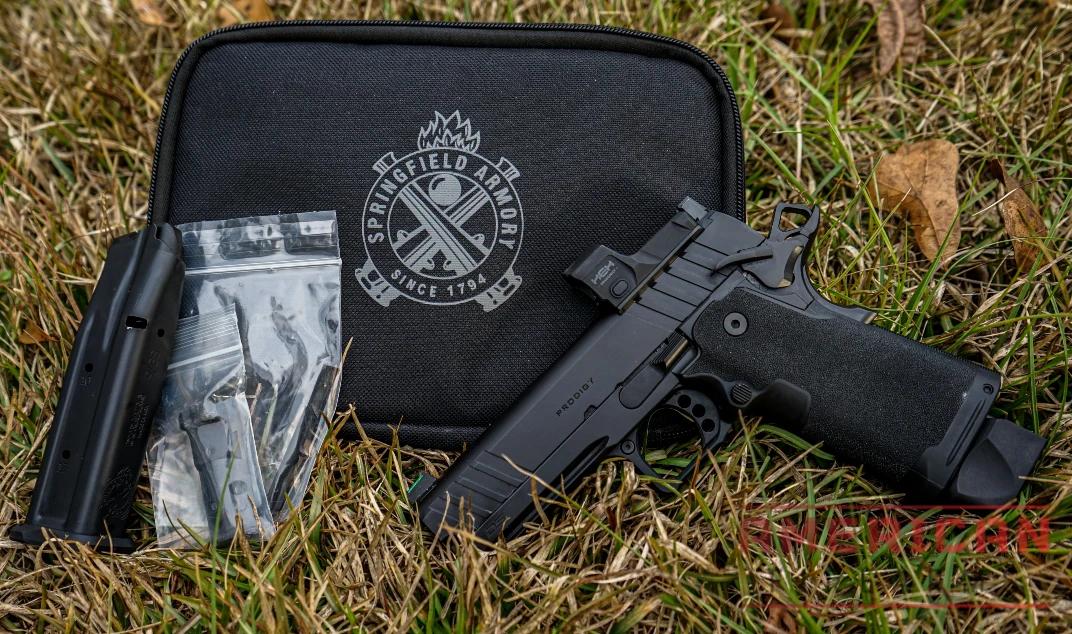
The gun has an extended ambidextrous thumb safety, so right-handed and left-handed shooters can enjoy this gun. The Picatinny rail on the dust cover lets you mount a light or laser.
While this gun is great out of the box, functions well, and runs various types of ammunition, I did make a few upgrades to the 5-inch barreled gun.
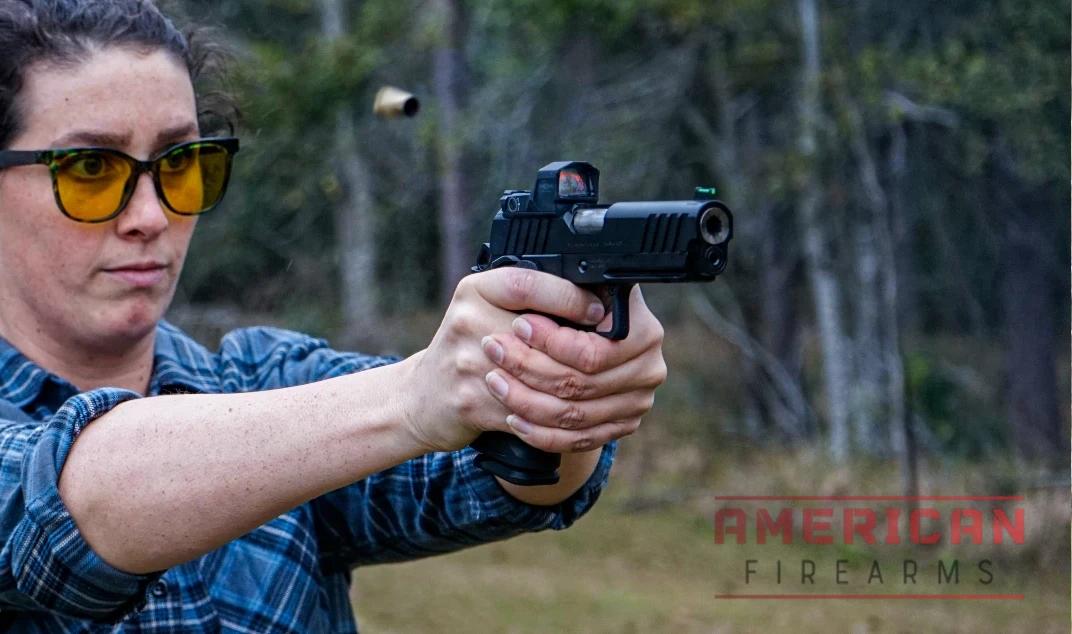
I upgraded to the EGW Ignition Kit w/ Lightened Hammer and 17# Main Spring and dropped the trigger weight to about 2.6 pounds. I topped it off with a Trijicon SRO 5 MOA red dot, which is my favorite optic for competition shooting, and I plan to compete with this gun this year.
Check out our full review of the Prodigy for all the details.
9. Budget Runner-Up: Taurus
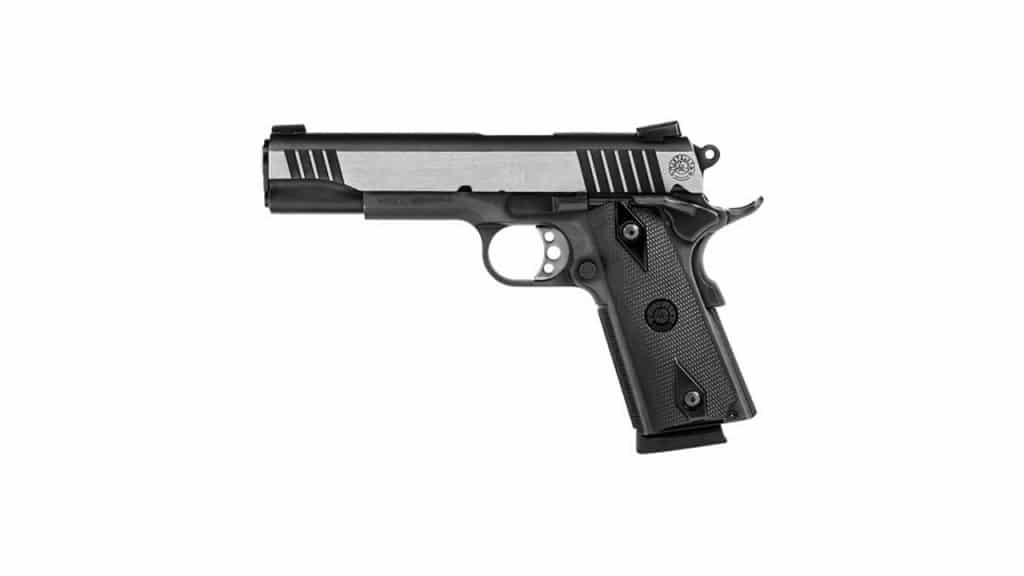
$564.99

24
AVERAGE
2025 Awards & Rankings
Performance Scores
Talking once again of imported 1911s, Brazilian-based Taurus introduced their PT-1911 models over 15 years ago and have made them in a staggering variety of calibers (including being one of the few to market a .40S&W chambered pistol), sizes, and finishes. Their stainless models are affordable and feature-rich, including Heine or Novak sights, front slide serrations, extended beavertail grip safety, skeletonized triggers, and a flat mainspring housing.
Best yet, with a large factory recently completed in Georgia, they are increasingly American made. Taurus’ competition team captain, Jessie Harrison, has of late been sweeping national titles with one of the company’s tuned 1911s.
A potted history of the 1911
Landing on the now-classic design after a 15-year gestation period that saw a dozen different semi-auto Colt pistols before it, Browning’s single-action single-stack masterpiece was a big gun.
Using a 5-inch barrel to produce a pistol some 8.5-inches overall and with a weight in the 3-pound range with a loaded 7-shot magazine, all still specs that remain roughly standard even now.
A capable revolver replacement
Built around the .45ACP, which Browning also invented, the M1911 was developed for the Army to replace a series of .38-caliber double-action revolvers which the service found wanting after a poor performance from said wheel guns during intense small-unit actions against insurgents in the Philippines.
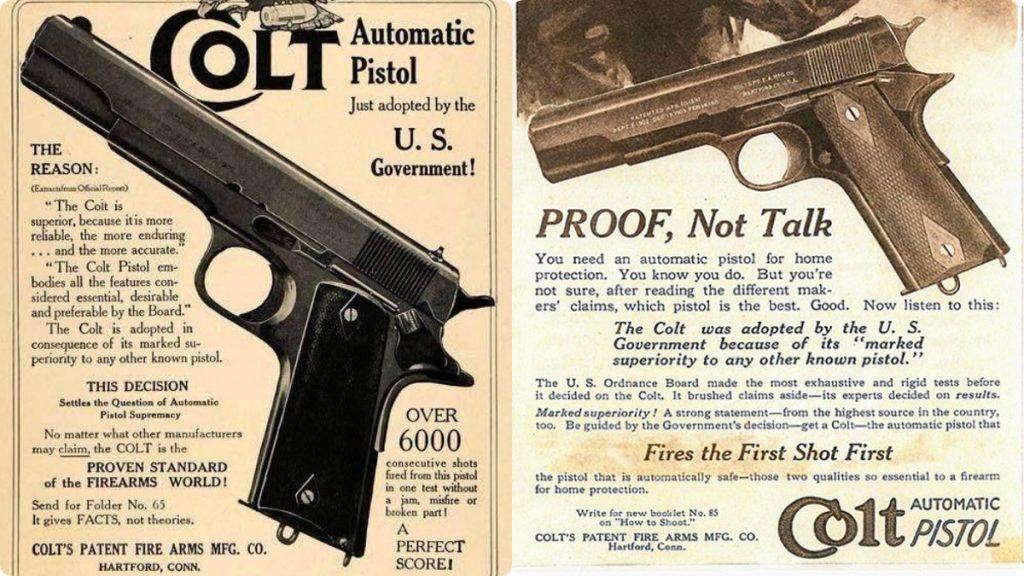
Beating out a crowded field of more than 20 competitors from around the world, including Luger, Webley, and Savage, the Colt/Browning gun remarkably went 6,000 rounds without a single jam while the closest competitor had to be cleared 37 times during the same tests, winning over the Army trials board and sending the big .45 into standard adoption in 1911. Want more on the Colt 1911? We dive deep into the history of the Colt 1911 here.
The gun’s reliability can be in part ascribed to its lack of fasteners — the only screws on the pistols are grip screws.
Although augmented by other handguns in times of emergencies, the M1911 remained the frontline sidearm of the U.S. military until 1985, through both World Wars, the Korean War, Vietnam, and most of the Cold War.
Even at that, the Marines clung to much-modified M1911-style rail guns as late as 2020 as duty carry firearms for select units in the fleet. After all, it is a war-winner.
Important 1911 Features
1. Trigger Feel
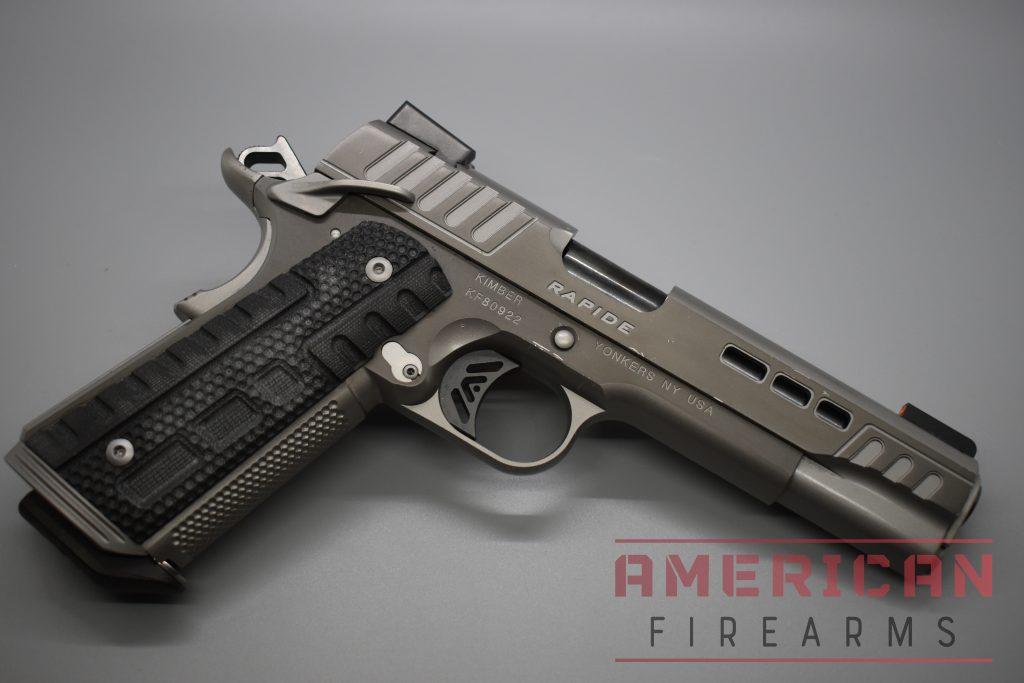
After combat service chasing Pancho Villa across the deserts of northern Mexico, then with the Doughboys on the Western Front and the Marines in the Banana Wars, a number of improvements were ordered by the military to the basic M1911 design.
This included a decrease in the trigger width and adding a relief cut to the frame near the trigger guard for better control, swapping out the thin front sight for a thicker one for faster acquisition, then replacing the flat mainspring housing with an arched one and extending the beavertail for better ergonomics and to cut down on slide bite.
The resulting change, adopted in 1923, was the M1911A1, and today is the standard form of the pistol.
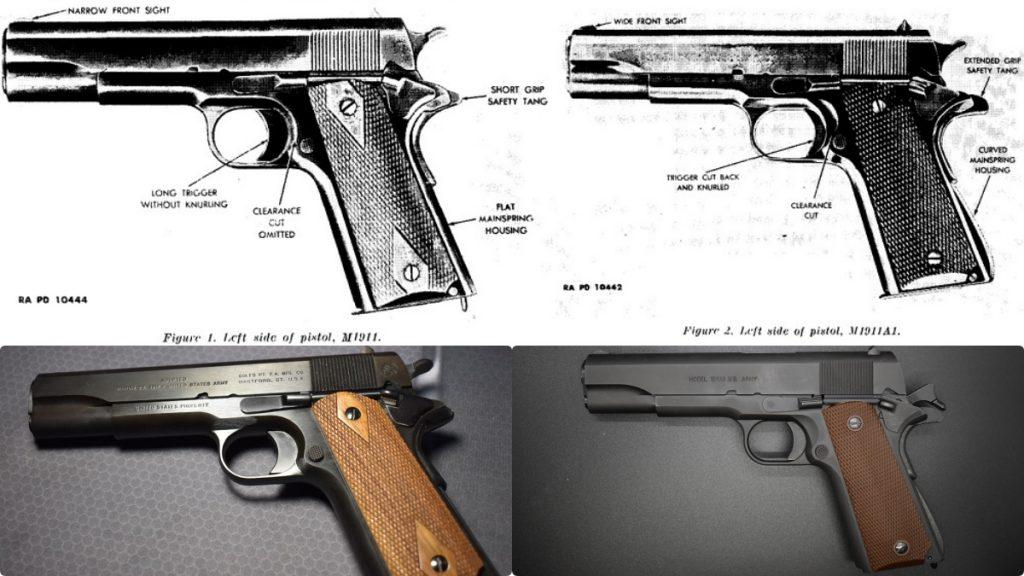
2. Commander, Officer, Government, & 2011 Variations
Further changes came to the family in 1949 when Colt introduced a more compact, slightly shorter, and lighter version of the M1911A1 dubbed the Commander, which used a 4.25-inch barrel and rowel hammer.
The weight savings came from using aluminum alloys in the frame and setting the gun up for 9mm, none of which proved extremely popular at the time. In 1970, the company ditched the alloy for steel and upped the ante back to .45ACP, which was more of a crowd-pleaser.
Today “Commander-length” M1911s are increasingly in demand, especially for those looking to carry. This is contrasted against the more full-sized original GI or “Government” 1911.
Going even smaller, in 1976 Detonics debuted their Combat Master, based on the Army’s custom chopped-down M1911 produced for issue to generals.
Using a 3.5-inch barrel and a shortened grip, which dropped capacity down to 6-rounds from the traditional 7, others caught on and soon even Colt was making “Officer” model M1911s.
Going even smaller and downgrading the caliber to .380ACP led to the Mustang series and other, more concealed carry-friendly guns that aren’t really even 1911s anymore as they are blowback action.
On the opposite side of the spectrum from getting smaller, in 1990 Para USA introduced their P-series double-stack 1911-style pistols which offered as high as an 18+1 capacity, although they filled the mitts and required a He-Man grip to fire one-handed. While Para came and went, bought and snuffed out by Remington, the double-stack 1911 concept today exists in the 2011 by STI/Staccato.
The more you know…
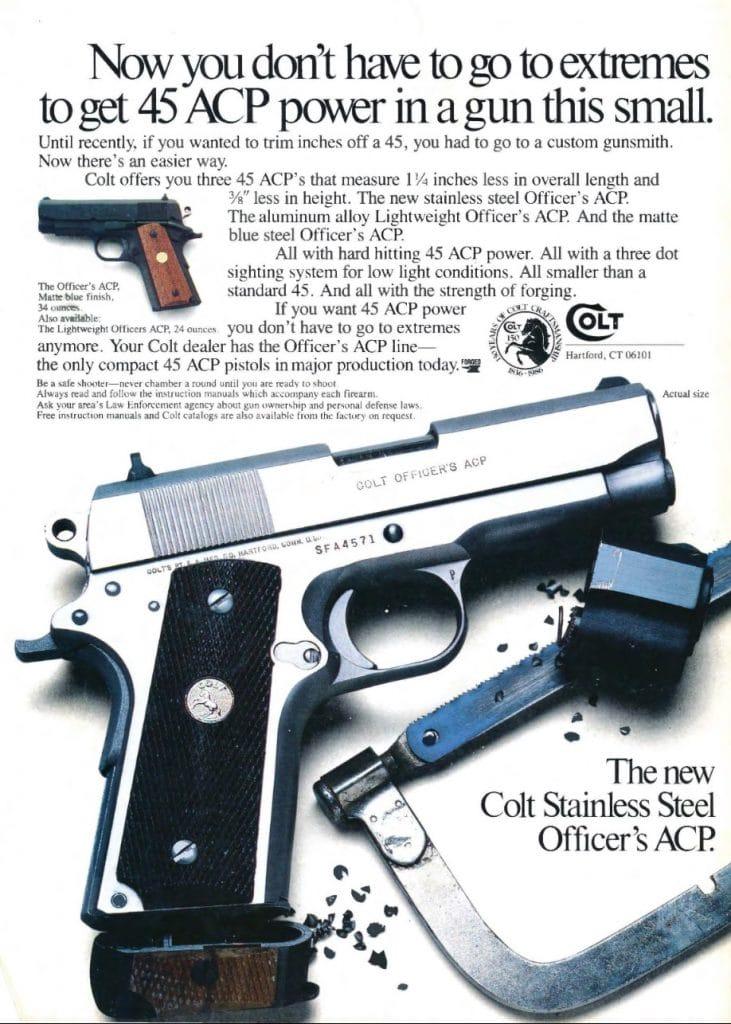
3. 70 Series v 80 series 1911s
In 1970, Colt introduced the MK IV M1911A1 which included a new type of bushing, termed a collet bushing, that tightened up the often notoriously sloppy “GI” style barrels and much-improved accuracy. Such guns became an instant hit on the competition circuit. Fast forward to 1983 and Colt did away with the old “70 Series” for the new and improved “80 Series” guns which added a firing pin lock and plunger arrangement to the internals of the gun.
The 80 Series was pitched as offering improved safety, especially for those who carried their M1911A1 “cocked and locked” with a round in the chamber and the hammer locked back by the manual thumb safety. On the downside, the extra workload put on the 80 Series trigger group gave what some felt was a bit of a “mush” to the trigger, and many preferred the more old-school GI trigger or the tighter 70 Series layout.
Today, most production M1911A1 style pistols run an 80 Series trigger style, with the firing pin lock, for liability reasons, although Colt has brought back the 70 Series for competition models.
Today, most production M1911A1 style pistols run an 80 Series trigger style, with the firing pin lock, for liability reasons, although Colt has brought back the 70 Series for competition models, albeit at competition model price points.
4. National Match Variations
Speaking of competition, Army armorers in the pits of the DCM National Match Pistol Trophy competitions in Camp Perry began applying various fixes to standard GI models as early as the 1920s to get them to run a bit better.
The list of additions and tweaks soon became well-known as civilian shooters cycled through the Matches and came in contact with these early tuned guns, with the budding competitors promptly heading to their local gunsmiths with a list of demands.
By 1932, Colt got into the game proper, offering their National Match .45 Automatic model with a “hand-honed velvet-smooth action,” select match barrel, and better Patridge-style sights.
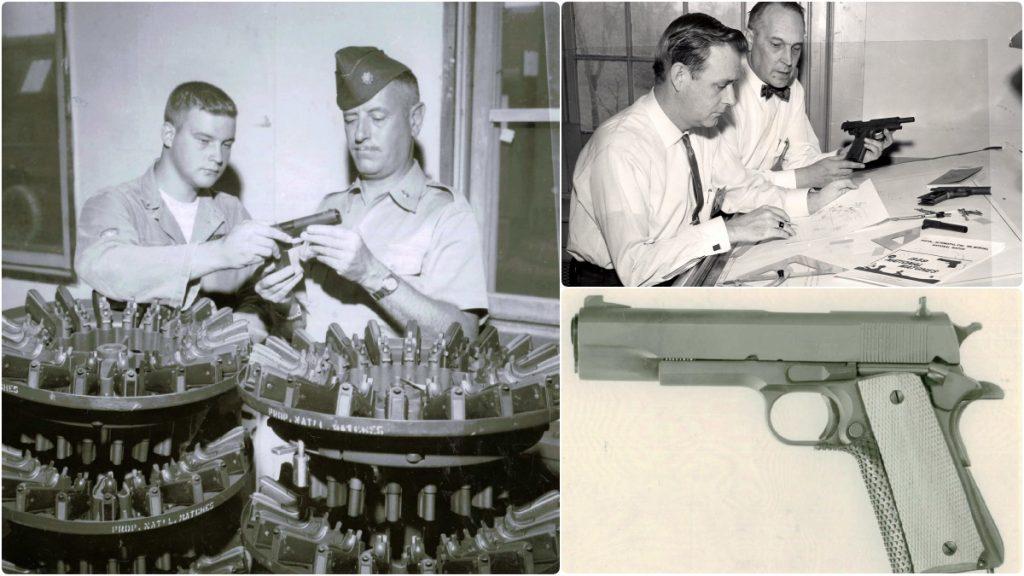
By 1957, Colt debuted the Gold Cup National Match, their first “out of the box” competition M1911A1 with Eliason sights and hasn’t looked back. Today, many 1911 makers offer comp and race gun-oriented models while others work National Match features into their standard production guns– and will usually be happy to tell you all about it.
5. Caliber Choice
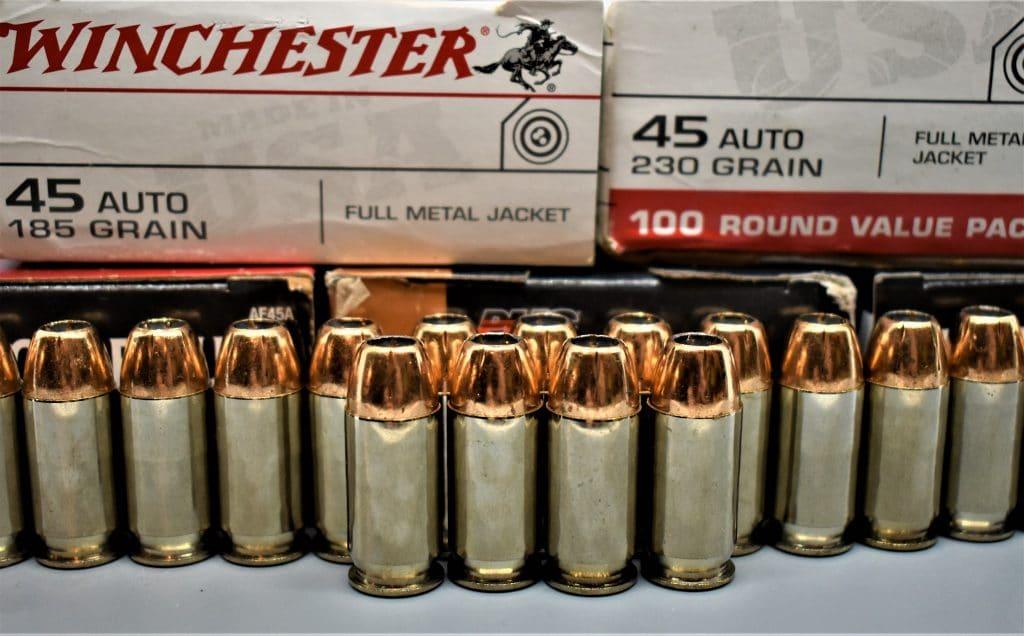
From the beginning, Mr. Browning designed the M1911 around his .45ACP cartridge, which remains the default chambering for such pistols over a century later. While the fat 230-grain round is a handful, it has the benefit of being subsonic, lending this attribute to great use in suppressed firearms.
Likewise, with today’s advances in ballistic research, better magazines such as those made by Chip McCormick or Wilson Combat, and improved throat/chamber specs gleaned from generations of hard use, the .45ACP has become reliable in most current-production M1911 models, even when using hollow-point defensive rounds
That’s not to say the M1911 only comes in .45. On the contrary, almost as soon as it was introduced, Colt started marketing it in other calibers such as .455 Eley/Webley Auto for British military contracts, and .38 Auto Rimless Smokeless, a long-cased cartridge that Browning invented a decade prior to the M1911s adoption.
Then came the Prohibition-era .38 Super, which is a spicier version of the aforementioned .38 Auto. In 1931, Colt developed the Ace, a .22LR variant with a floating chamber that almost duplicated the feel of the GI .45. Eventually, 9mm Luger and 10mm Auto were added to the menu and have since become widespread.
The final choice on caliber between four modern options– .45ACP, .38 Super, 9mm, and 10mm– is truly up to the user these days.
Why a 1911?
Other than being the only pistol that we know of with a confirmed aircraft kill (go search for Owen Baggett, you’re welcome), there are several good reasons, in our mind, to pick the 1911 over other handgun designs.
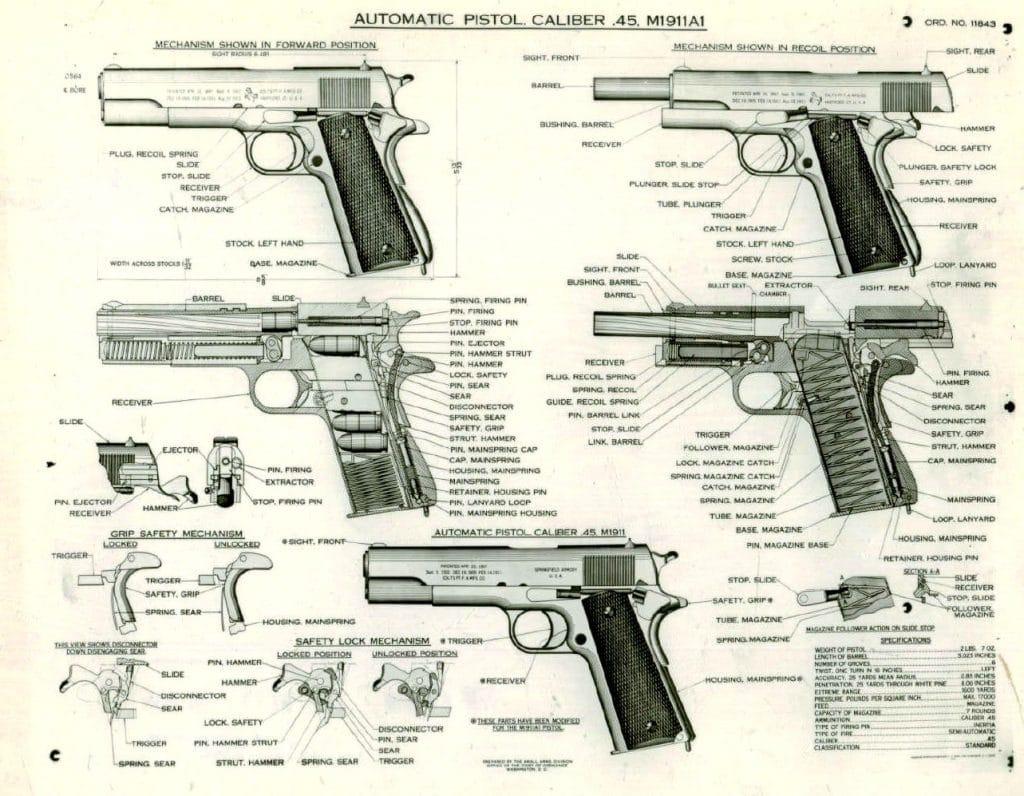
Proven Accuracy
First and foremost, a 1911 can be an incredibly accurate handgun. Especially with a longer barrel to help stabilize the bullet, a full-size 1911, owing to the tight lockup of the design among other factors, can make awesome groups at close range and is capable of making aimed shots, with a lot of practice, out to 100 yards.
This is impressive for a design of its age.
A Superior Trigger
Second, the triggers on 1911s are some of the best triggers on any firearm right out of the box. Unless something has been done seriously wrong at the factory, a 1911 trigger is light, crisp, and breaks cleanly with a tactile reset.
This makes them a joy to shoot, and also adds a lot to the accuracy equation. Training with a 1911 gives shooters a lot of good trigger habits that can carry over to other guns, so we love the trigger on the 1911 more generally for this reason.
Stopping Power and Versatility
In the original caliber of .45 ACP, the stopping power of the 1911 is something that we value in a concealed carry gun today. Yes, it has less capacity than a 9mm, and 9mm is a more than capable defensive round.
But a 1911 hollow point is certainly a great way to end a disagreement that could not be settled with words.
These days, a 1911 is also a great option for hikers and hunters who might have to defend themselves against predators in the world but might not have time to reach for their long guns.
The .45 is still a viable defensive round in 2022.
Lots of Options
Additionally, the 1911 has evolved over the years. You can still get recreations of the models first issued in WW1.
Well, you can also get the guns actually issued in WWI, but good luck getting a collector to part with one of them if you tell him you’re going to concealed carry it.
Nowadays, you can also get models in 9mm, some that carry more ammunition in the magazine, choose a barrel length, and get better sights. All of these updates make it possible to find or build a 1911 to suit your needs, which makes us love the platform.
Decades of Distinction
Of course, we also love the history behind the gun on this one.
Knowing that the same design helped American servicemen make it home from Germany, Japan, Germany again, Korea, Vietnam, Somalia, and a host of other locales makes this firearm a truly iconic part of the American firearms culture.
Movies and video games over the last half-century have only added this mystique. It’s still hard to beat the feeling of historical gravity that you get when holding an actual WWI or WWII era 1911, and if you ever get the chance, do it.
Types of 1911
Since John Moses Browning apparently had some kind of inspiration by whom/whatever made the universe, the design of the 1911 has remained effectively unchanged in the last century, except nowadays some come without the grip safety.
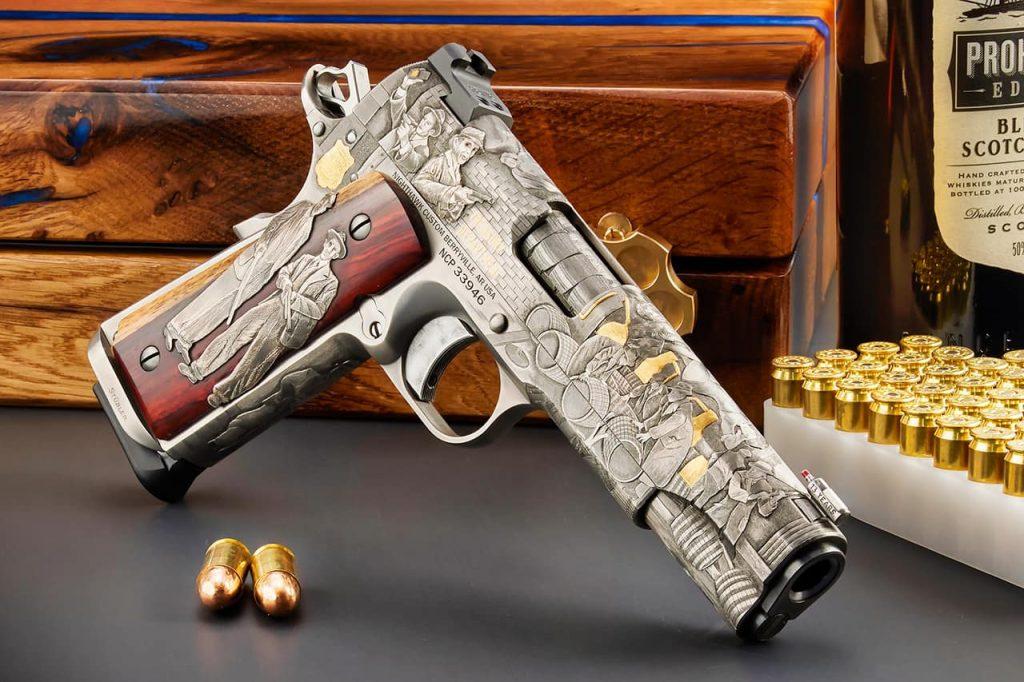
Classifying 1911s by Caliber
It’s easiest to classify 1911s by caliber rather than by any other set of features. Of course, the original .45ACP variant is still the most common.
The Classic .45ACP Variant
These are the ones that are likely going to be the most affordable as well. They come in all kinds of styles, from short concealed carry models to full-size race guns with teal frames and pearl slides (we’re so sorry, Mr. Browning).
The Advent of 9mm: The 2011s
In later years, some people modified the design slightly to accept 9mm and, in some cases, even double-stack magazines.
These are sometimes called 2011s to indicate the update in design and caliber.
Like the originals, these come in a wide variety of shapes, sizes, and colors though we quite like some of the more tactical competition models for this since the heavy frame makes the recoil of the 9mm a lot easier to deal with when shooting for speed.
Modern Modifications and Additions
By the time you add a red dot sight and compensator it might not look like it, but the fundamental guts of the gun are basically the same as they were made in 1911.
The Powerful 10mm Variant
Finally, some folks thought that .45ACP just didn’t make big enough holes in intended targets, and thus some 1911 models can be found in 10mm.
This slightly more powerful cartridge is ideal for folks who might need to defend themselves from bears, so you’ll find a lot higher concentration of these in places like Alaska and Washington State.
Of course, the recoil on these can be tremendous, so we recommend wearing gloves and extra ear protection if you get to shoot one of these.
Who Uses the 1911?
Civilians and the 1911
At this point, it’s likely that civilians are the largest group of people who still make use of the 1911.
While most mainstream militaries have moved on from the design, it still holds a place dear to the hearts of a lot of American shooters. These guns are used not only as range toys but as concealed carry and competition guns as well.
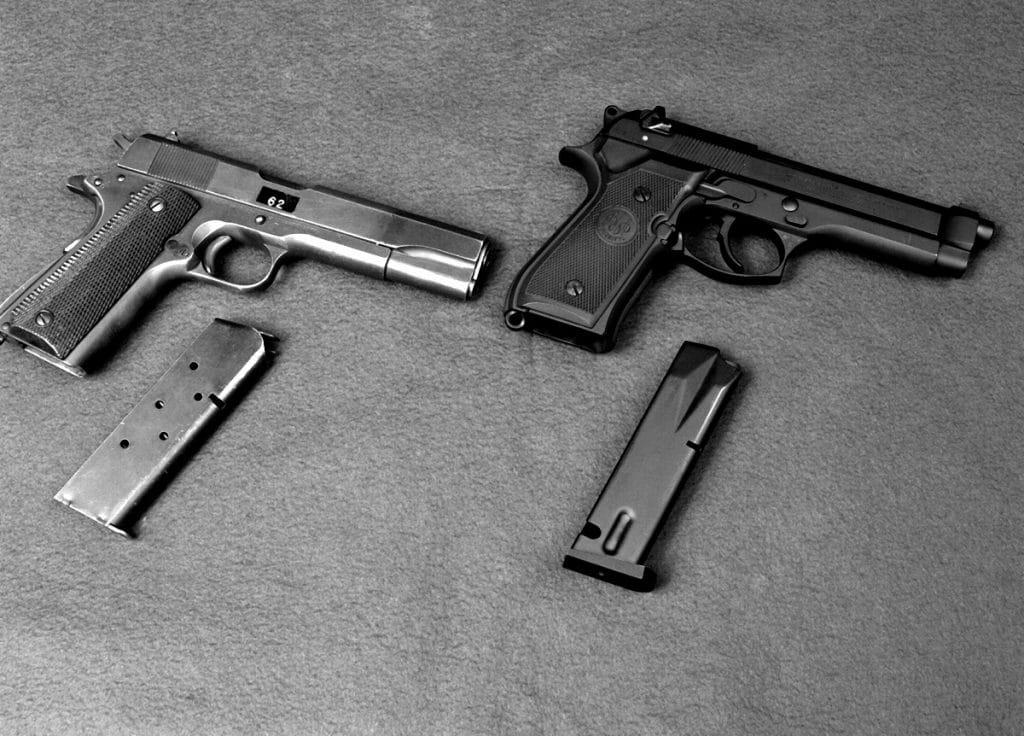
Modern-Day Reliance on the 1911
New models and variations on models can be bought today, and a lot of folks still depend on the 1911 or one of its derivates for their protection, including one of our writers.
Some law enforcement folks, especially those who are older and have a lot more experience with the 1911 as their duty gun, still carry one today.
1911s in Small Town Law Enforcement
This is a lot more common in small towns and rural police departments that tend to allow officers to bring their own weapons. For those who are used to them, 1911s are awesome pistols that are accurate, durable, and easy to use.
Plus, there’s no good reason to throw out years of training and experience in cases where veteran officers have strong preferences for a certain platform, so expect to see some police officers still using the 1911.
Special Forces and the 1911
A few special forces units, including, notably, the Marine’s MARSOC unit, use the 1911 for a few reasons.
First, they like them and few people are foolish enough to argue with Marines trained in asymmetrical warfare. Second, the .45 ACP can be easily made subsonic, making the 1911 a good suppressor host.
Finally, that same round is also excellent for engaging soft targets at close distance, making it a great weapon for work the government will later disavow. All in all- the 1911 still has some useful life left, and it will likely see combat use for years to come.
Shortcomings
Capacity
No handgun design is perfect, of course. First and foremost, the thing that ages the 1911 the most has to be its capacity.
The original gun could only hold a total of 9 rounds, including one in the chamber. As a replacement for a revolver that would commonly be carried with 5 rounds, this is a massive improvement.
But, in 2022 where it’s possible to get 30-round magazines for a Glock and still be at the same weight as a 1911, the capacity is not working in the favor of the older design here.
Functional Quirks
Second, the 1911, though reliable, has its quirks in design. For example, a lot of the feed ramps are just slightly too short and don’t play nice with the tips of hollow-point rounds.
One of our writers carries a Sig P238, which is an updated 1911 design, and that gun just will not feed any kind of hollow points. With a 1911 more than other designs, you have to be on the lookout for things like ammunition sensitivity to ensure reliability.
With a little bit of homework, this can be resolved, but it is certainly a limitation to think about.
Safety Nuances
Finally, some people do not like the idea of carrying a firearm as the 1911 is intended: cocked, with a loaded chamber, and the manual safety on.
Today, most people are more comfortable with the Glock style of safety, which depends on the trigger.
A lot of this has to do with early training and experience. Some people learn on the 1911 and never trusted the Glock. Others do the opposite.
We’re okay with both, but training on the gun that you intended to use or carry is the most important thing here.
Also, some older types of 1911 have safety in the grip that some shooters have a hard time engaging on command.
Price Ranges for the 1911
Since the 1911 has reached the status of being something of a cultural icon, it ends up on the more expensive side of handguns.
$500-$1,000
In the $500-$1,000 range, you’ll find entry-level models from reputable manufacturers. These are often considered the best budget options, offering solid reliability and good build quality for the price, making them a top choice for those seeking value without sacrificing essential features.
At this price point you can get new models that are basically recreations of the models once issued in large quantities to the US military.
Expect some models without a beavertail safety or fiber optic front sight, but these will have basic sights and triggers, as well as a parkerized finish that is a matte grey. These can be great guns, too, so don’t shy away from lower prices.
$1,000-$2,000
Moving up to the $1,000-$2,000 range, you’ll see improvements in fit, finish, and materials. At this level, you start to get more refined features and better performance, and you can expect some of the nicer fit and finish models from brands like Colt, with your choice in barrel length and caliber.
You will also likely find a lot of models in this price range with some kind of upgrades to the sights, trigger, and safeties, and many consider this to be the ideal price range for off-the-shelf 1911s.
Be warned, though, that some brands capitalize on their reputation rather than focusing on producing equivalently high-quality firearms. Always conduct thorough research before making a purchase.
$2,000 or more
For $2,000 or more, you enter the territory of semi-custom 1911s, which offer hand-fitted parts, premium materials, and detailed craftsmanship. These semi-custom models provide a blend of quality and some degree of personalization, standing out from standard production guns. You’re in the arena of competition-ready guns and the nicest models that manufacturers have on offer.
Nothing about these guns will be stock to the 1911: expect custom barrels that might well be threaded for a compensator that will come with it. Special slides with optics cuts are also common here, as are awesome triggers and flared magazine wells.
You will also see heirloom quality pieces made out of premium materials at this price range, and we don’t expect to see many guns like this except at competitions.
Once you step into the range of $3,000 or more, most people take a $1,000 gun and send it to one of a few custom shops that will make whatever you want. At the highest end, custom shops and boutique manufacturers allow you to customize almost everything on your 1911, from forged parts and finishes to intricate details, ensuring the highest quality and performance tailored to your preferences.
If you want a 2011 that shoots 9mm from double stack magazines through a fluted barrel paired with a compensator so good the muzzle doesn’t climb, this is the way to go.
You can also have specialists fuse together two 1911s into a gun that shoots 2 .45ACP rounds at once.
Since the platform has been around for so long, there is no shortage of gunsmiths willing to part you from your money and mess with the 1911 to your heart’s content.
In Summary
Ultimately, each of the above 1911 pistols are great choices overall, especially when you consider the breath of options in with this handgun.
The best overall choice is dependant upon the price point, versatility, features, and overall use case you’re shopping to fulfill, and we hope this guide makes it easy to find a great fit for your needs. Good luck!
Sources
- NRA National Firearms Museum, The 1907 Army Pistol Trials, December 22, 2016
- National Park Service, Museum Collections, Semi-Automatic Pistol
- Huntinglife.com, Taurus Shooting Team Captain Jessie Harrison Wins at USPSA, August 9, 2020
- Scott Engen, History of the 1911, January 24, 2011
Updated
May 30, 2025 — We’ve added a much deeper terminology section, provided context for ratings & revamped the selection criteria section.
Sign up for our newsletter
Get discounts from top brands and our latest reviews!

